Product Details
6-axis CNC grinding center can be used to grind any shape, sharpness requirement, depth requirement of chip flutes, number of flutes, tooth profile, thread angle.... Blades resect both soft tissue and bone with a single blade, eliminating the need to switch from a straight blade to a burr.
Mini Blades Indicated for use in small joint arthroscopy.
It is LZQ's intent to provide our customers with all of your cutting accessory needs. You will find that we have added a number of burs and blades to our product line. But we realize that surgical procedures change with the advancement of technology in the medical field. If you cannot find a specific cutting instrument in this guide, contact us directly.
Cutters and Burs
LZQ's arthroscopy advances in cutter and bur technology incorporate increased sharpness, enhanced suction and extremely tight tolerances for outstanding cutting blades and high performing burs.
History
Professor Kenji Takagi in Tokyo has historically been credited with performing the first arthroscopic examination of a knee joint, in 1919. He used a 7.3 mm cystoscope for his first arthroscopies. Recently it has been located that the Danish doctor Severin Nordentoft mentioned on arthroscopies of the knee joint in 1912 at the Proceedings of the 4lst Congress of the German Society of Surgeons at Berlin. He known as the procedure (in Latin) arthroscopia genu, and used sterile saline or boric acid solution as his optic media, and coming into the joint by a portal on the outer border of the patella. It is not clear if these examinations have been of deceased or of dwelling patients.
A new teaching technique uses scientific simulation as an alternative to cadaver training. High constancy simulators vary from these that use real surgical equipment and passive haptics, such as to those that be counted on energetic haptic feedback, such as the from Simbionix. When studied, passive haptics have shown "high scores in terms of realism" and the capacity to differentiate between "varying degrees of arthroscopic experience". Reference material, such as the utility developed by Touch Surgery, additionally carries visualization of minimally invasive techniques.

 +86-021-50327060
+86-021-50327060
 zq@lzqtech.com
zq@lzqtech.com
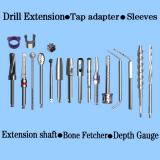 Medical Instrument
We can achieve perfect edge quality and dimensional tolerance up to±0.0005mm (±0.5μm) in the process of micro, ultra-long, ultra-thin, super-abrasive, impact-resistant, high-precision and combined ... VIEW MORE
Medical Instrument
We can achieve perfect edge quality and dimensional tolerance up to±0.0005mm (±0.5μm) in the process of micro, ultra-long, ultra-thin, super-abrasive, impact-resistant, high-precision and combined ... VIEW MORE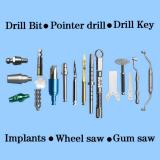 Implant
Corresponding and matching drills and tools of different types, forms, shapes, structures can be high precisely ground to mold according to different brands and different types of implants forms, shap... VIEW MORE
Implant
Corresponding and matching drills and tools of different types, forms, shapes, structures can be high precisely ground to mold according to different brands and different types of implants forms, shap... VIEW MORE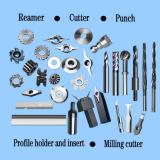 Cutting Tools
Super-hardness machining for special, non-standard new ite ms with different size and tolerance. VIEW MORE
Cutting Tools
Super-hardness machining for special, non-standard new ite ms with different size and tolerance. VIEW MORE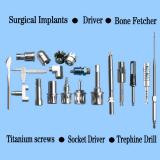 Accessory Parts
we can customize for you according to your samples or drawings for any manufacturing of ceramic,carbide,stainless high-speed steel, stainless steel, titanium alloy, titanium diamond, etc series, hig... VIEW MORE
Accessory Parts
we can customize for you according to your samples or drawings for any manufacturing of ceramic,carbide,stainless high-speed steel, stainless steel, titanium alloy, titanium diamond, etc series, hig... VIEW MORE

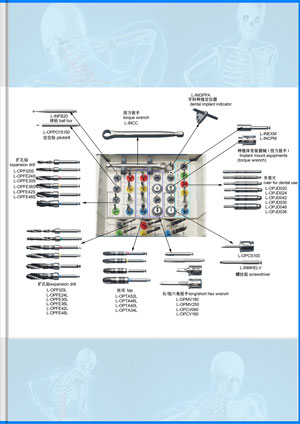
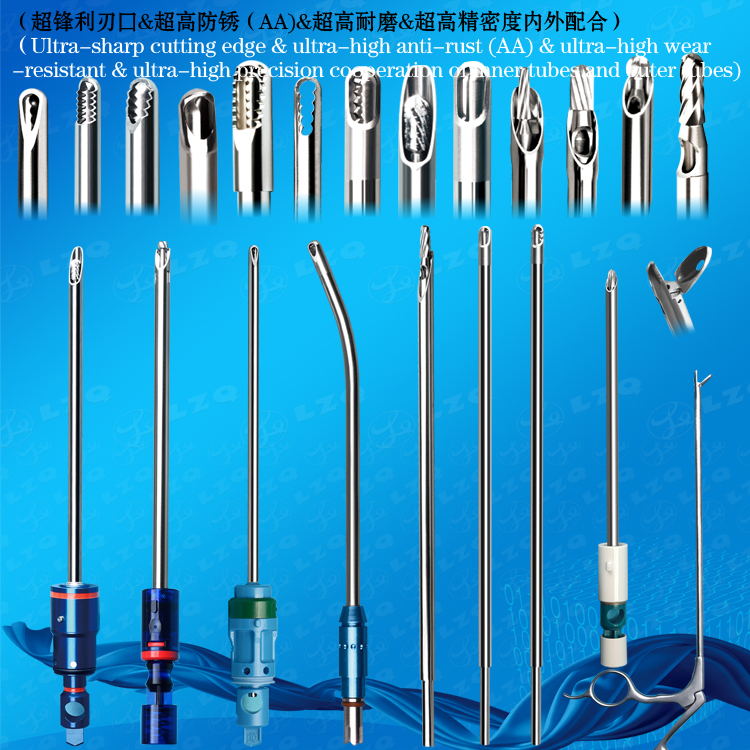
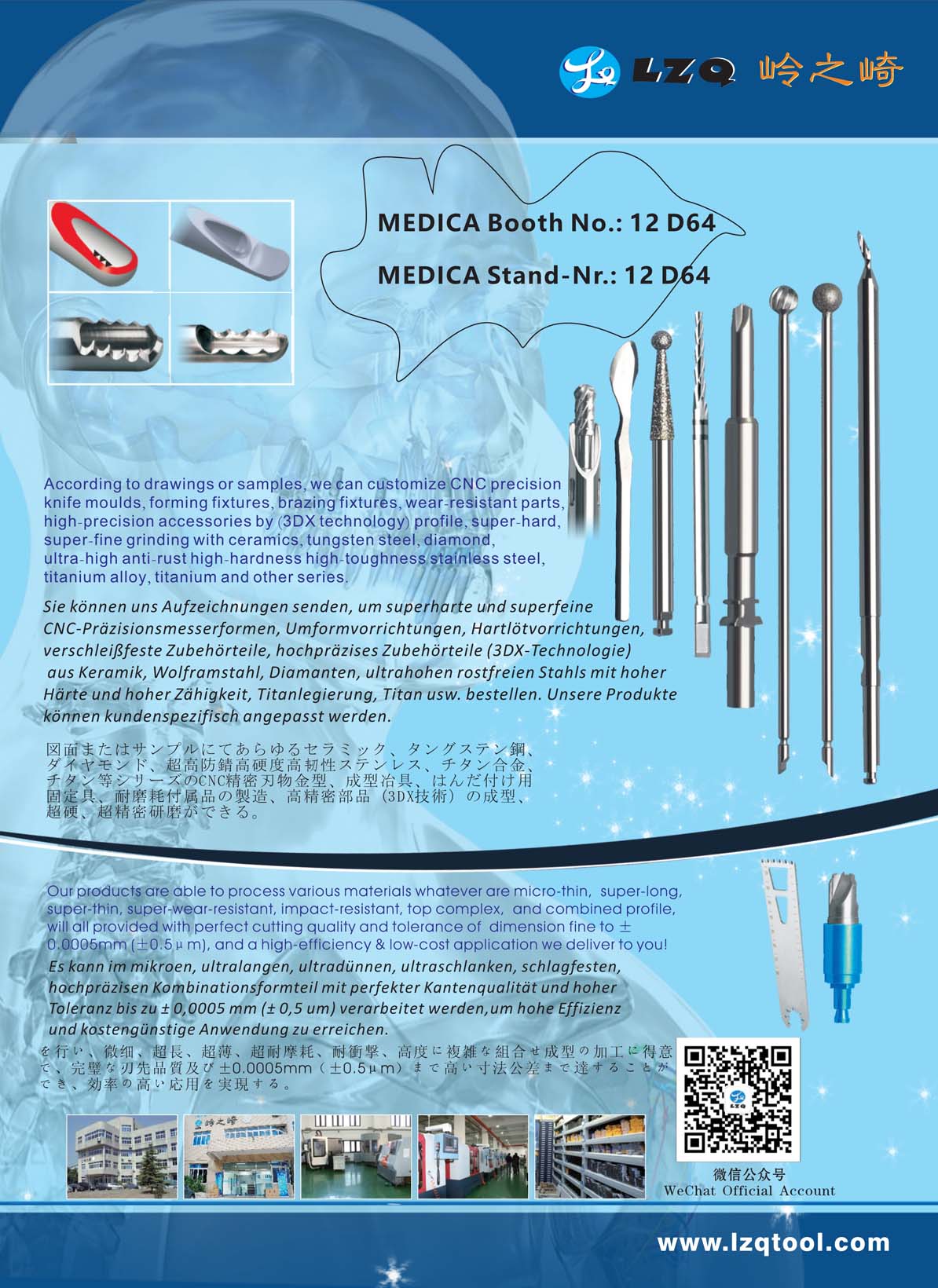
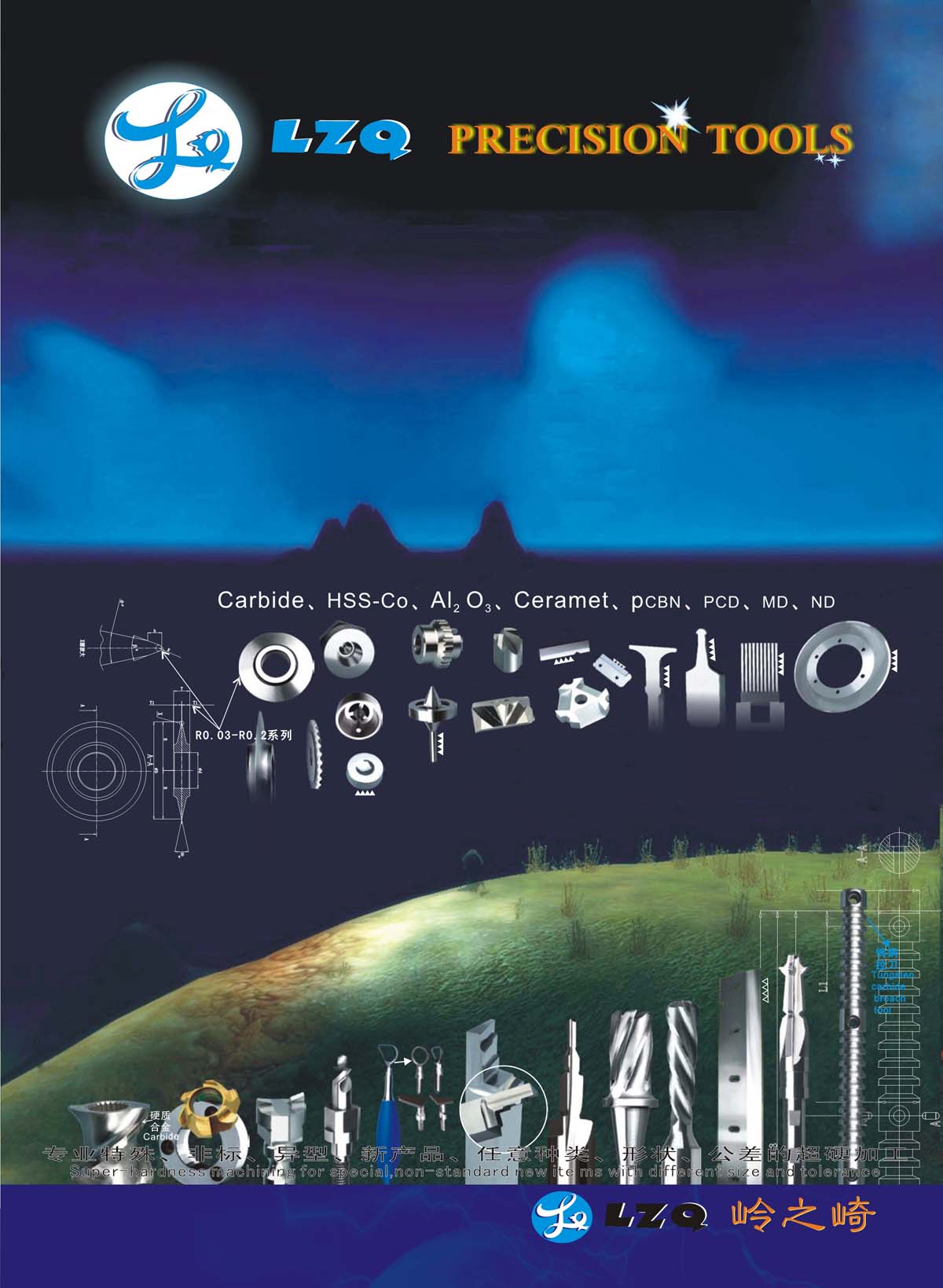
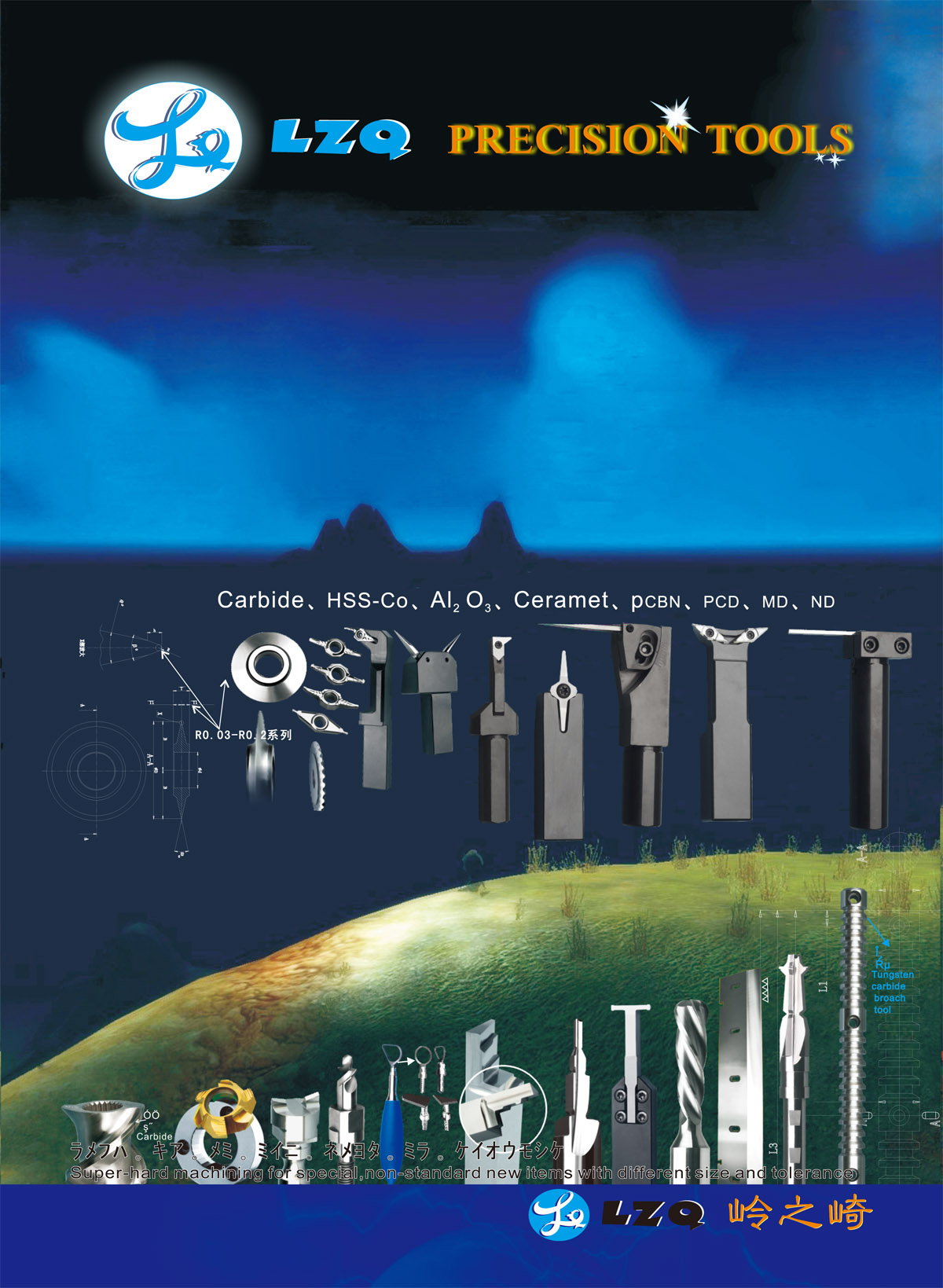
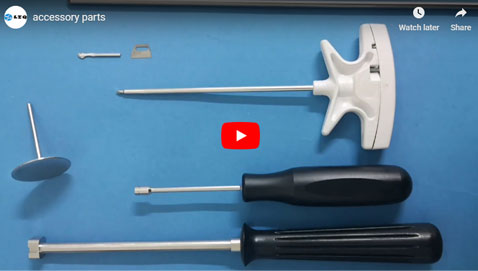
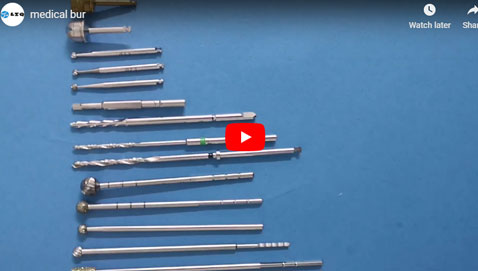
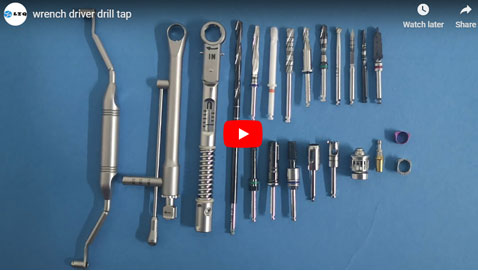
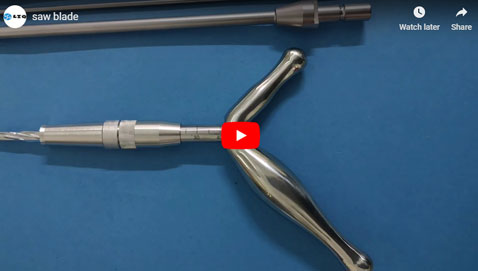
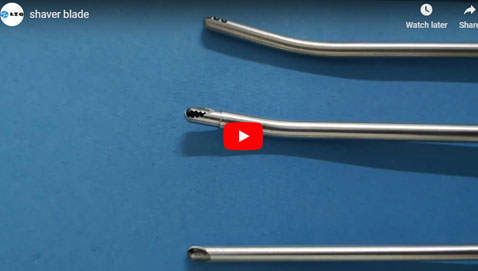

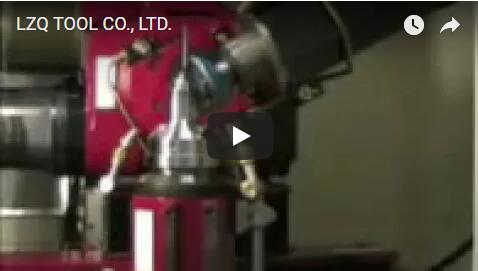
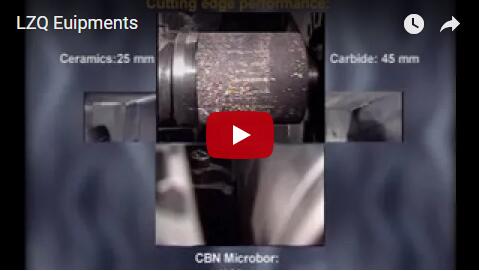
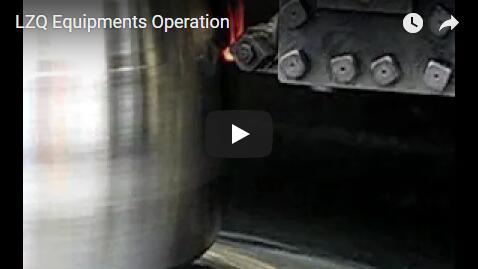
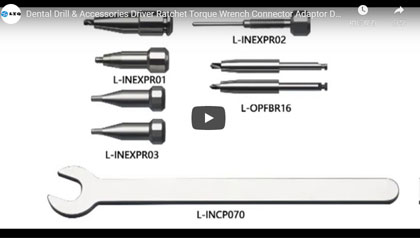
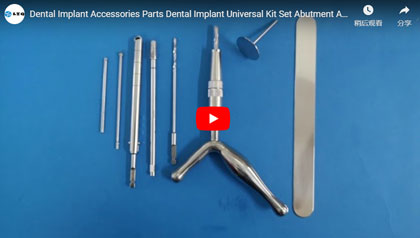
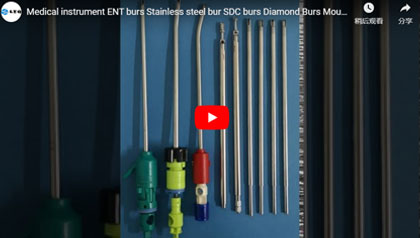
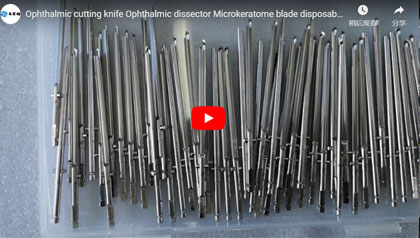
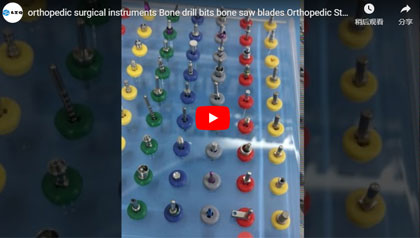
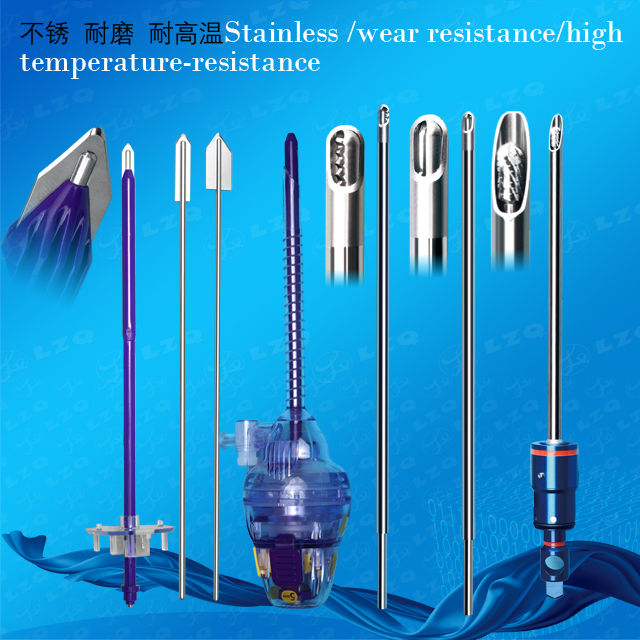
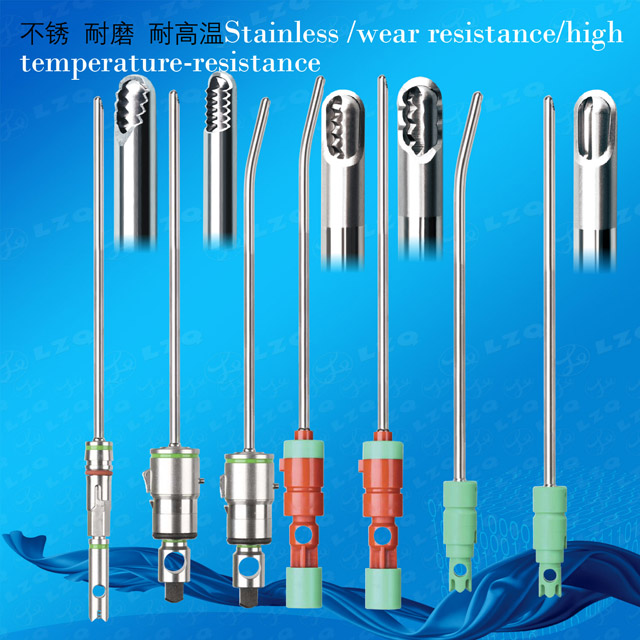
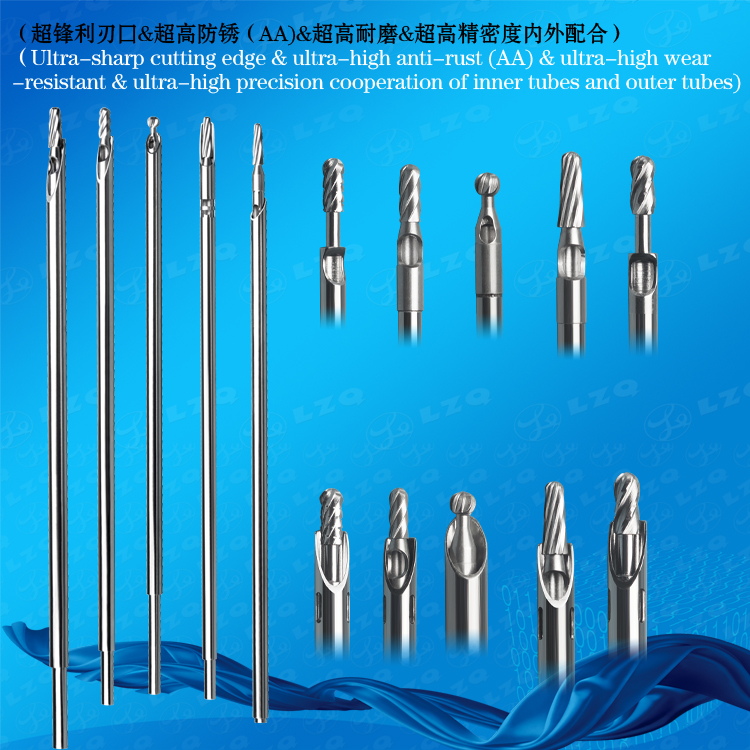
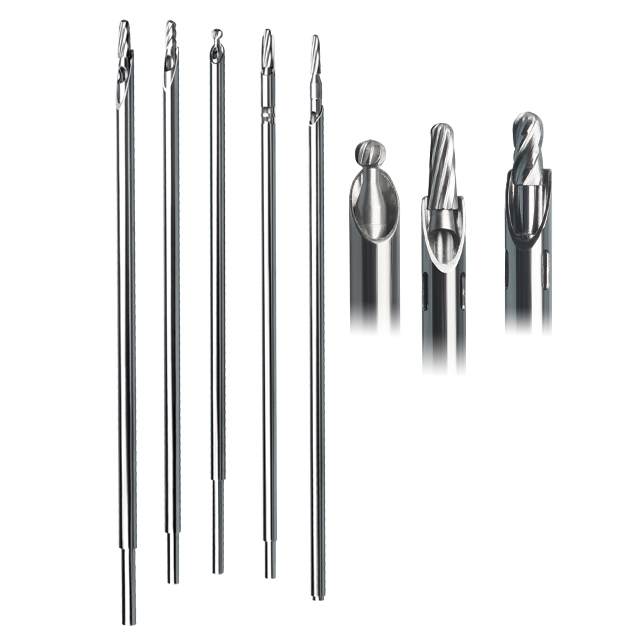
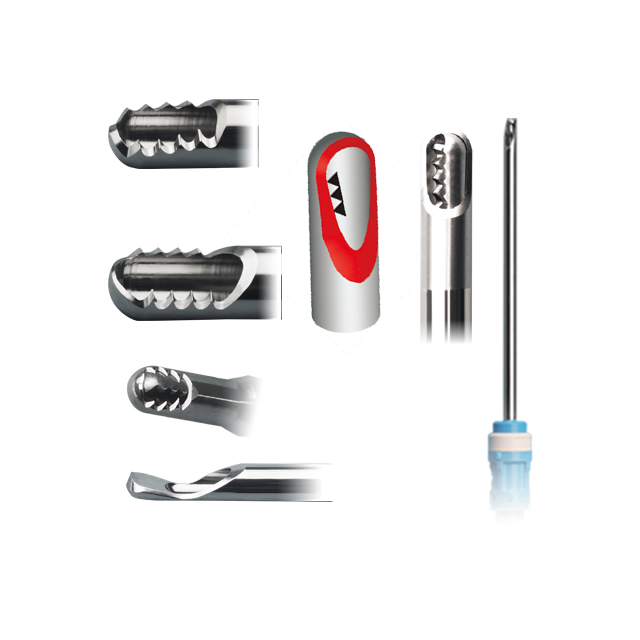
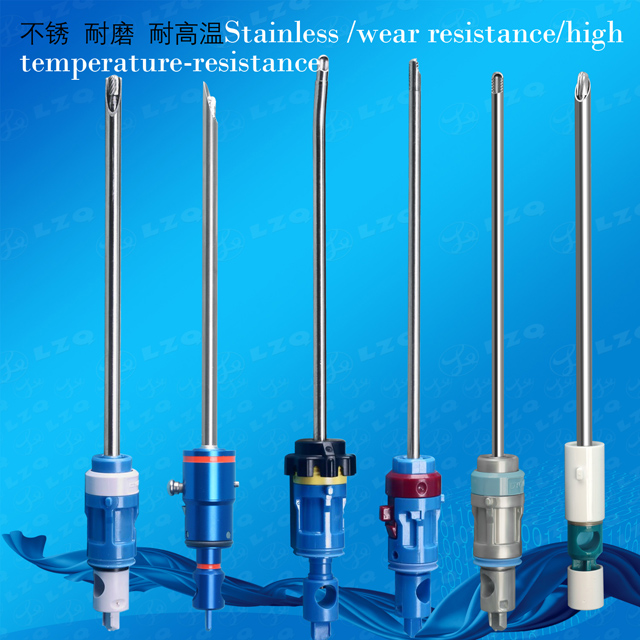

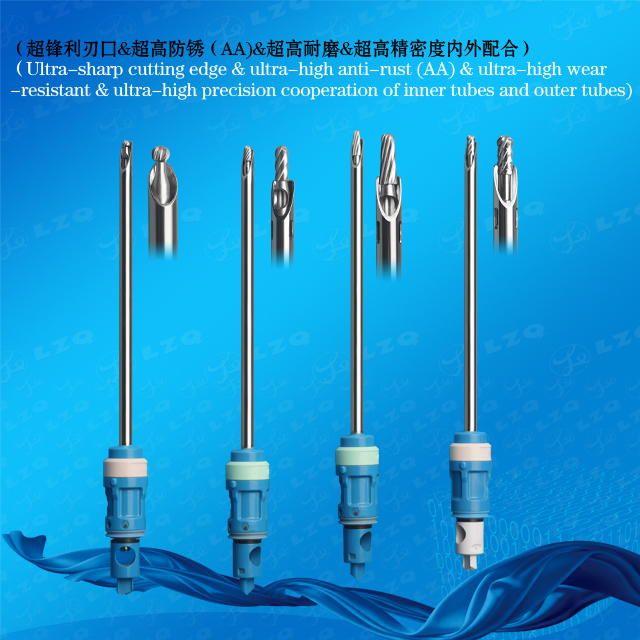
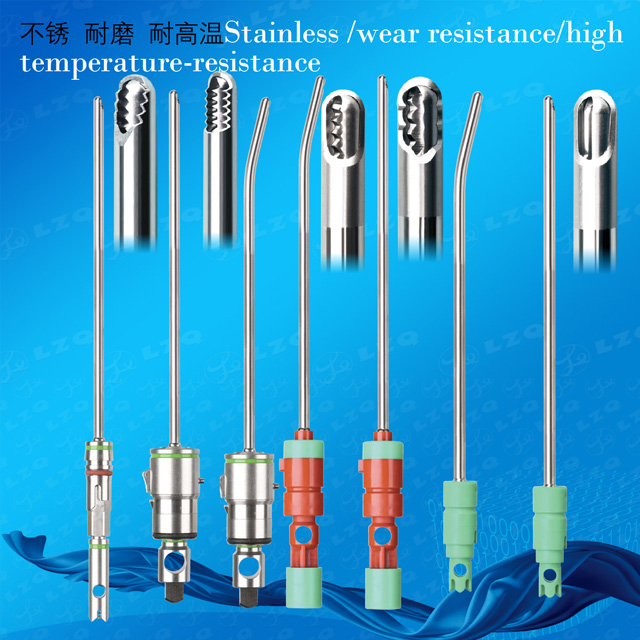
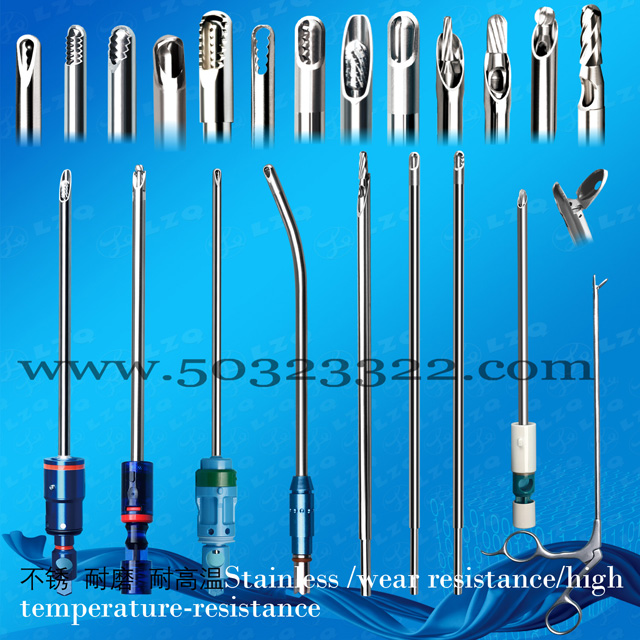
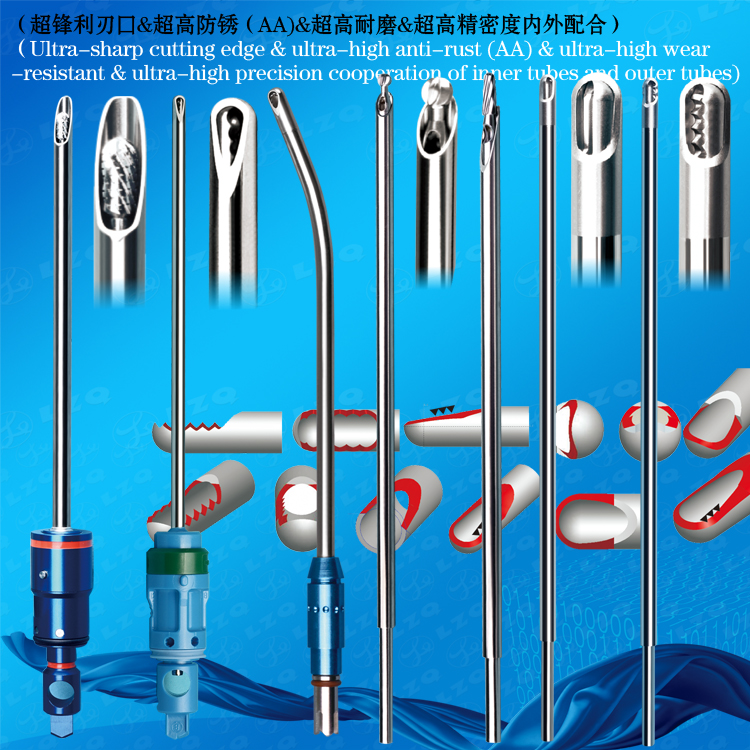
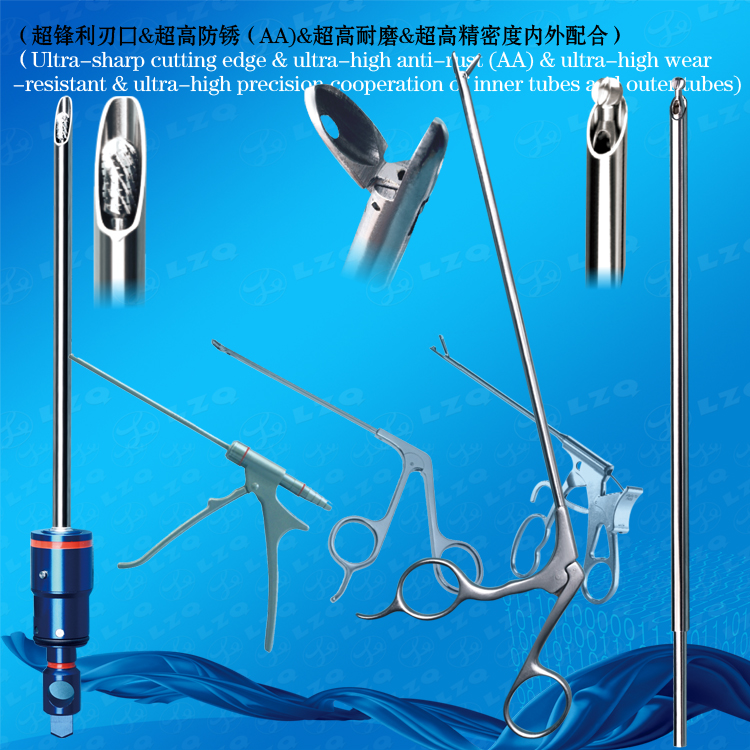
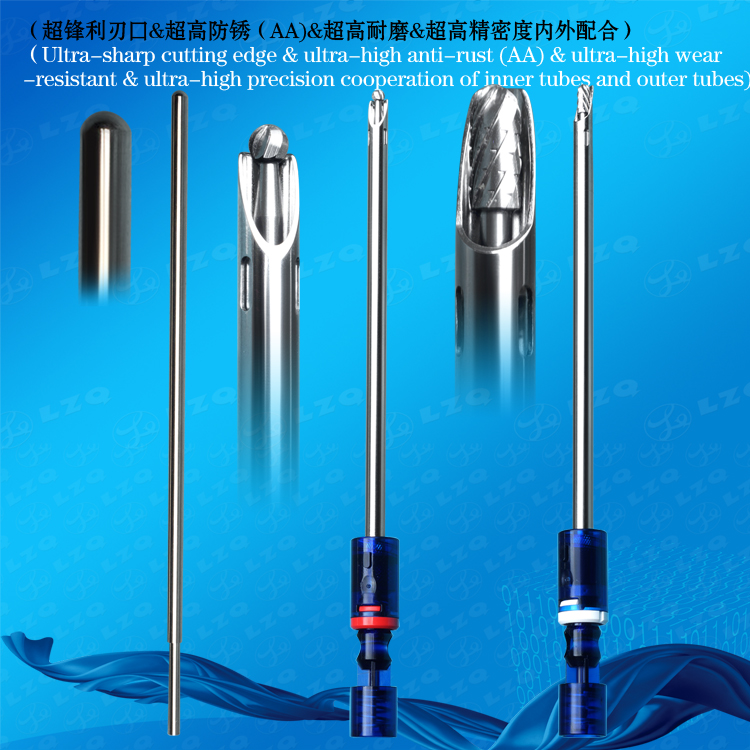
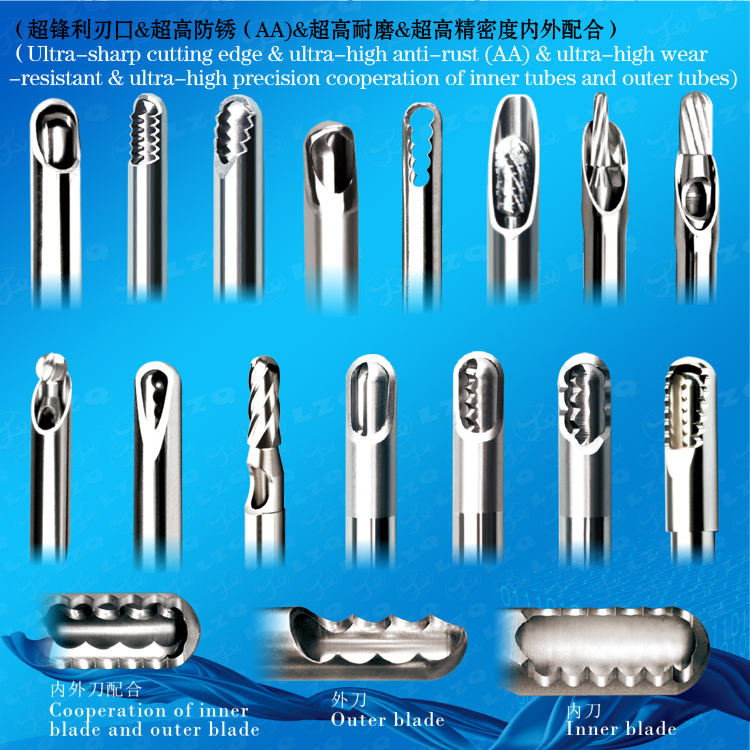
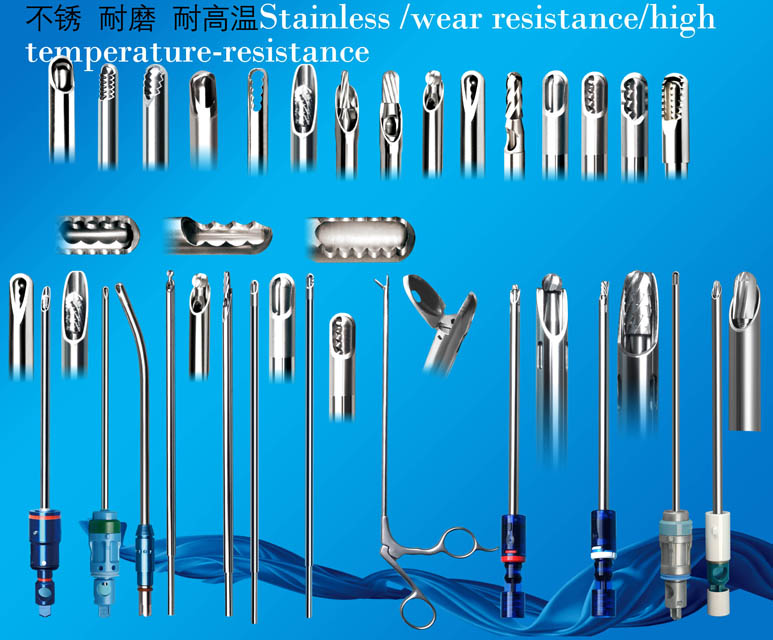
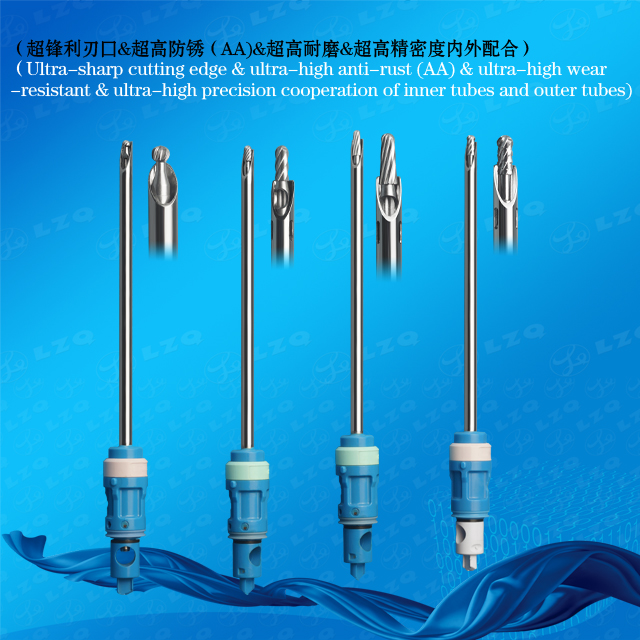
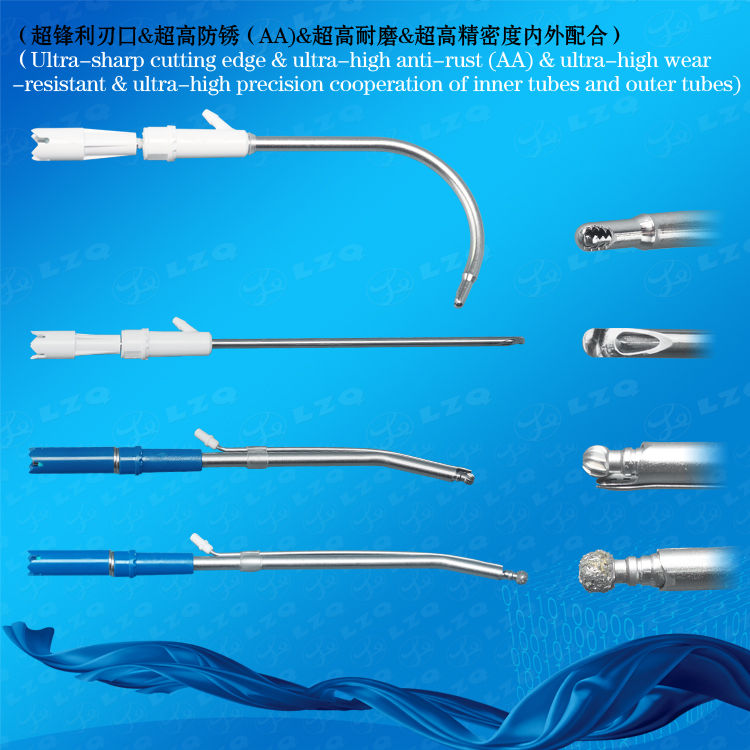
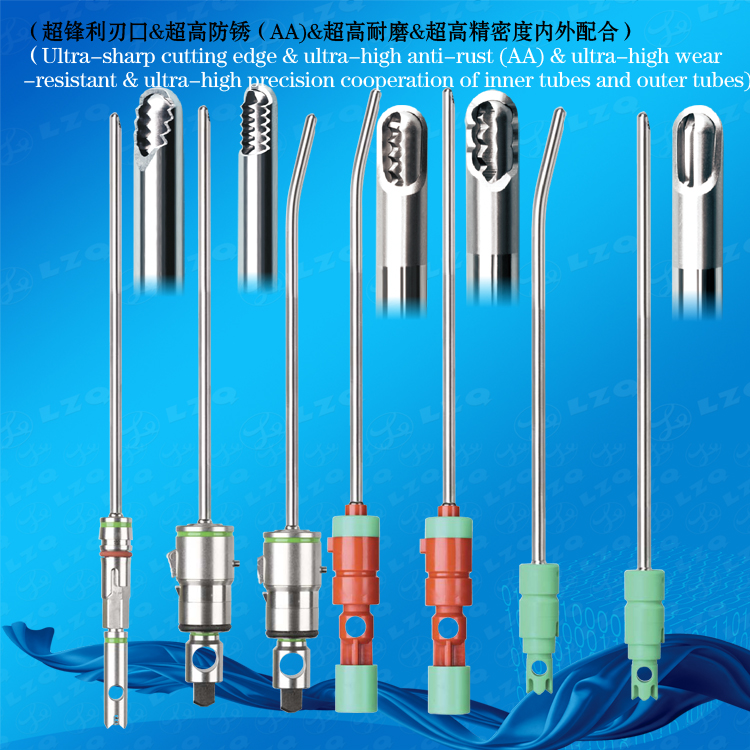
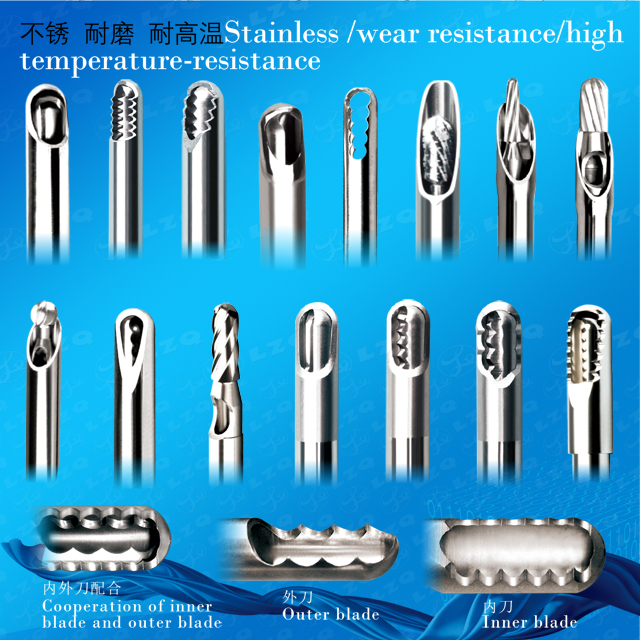
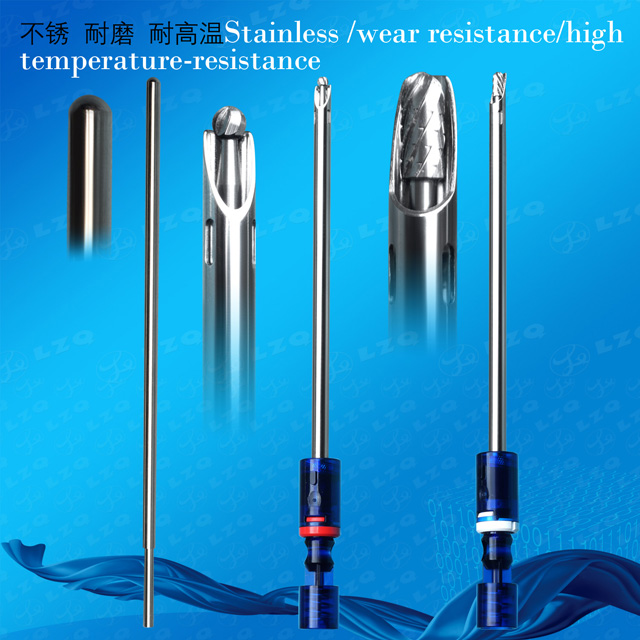
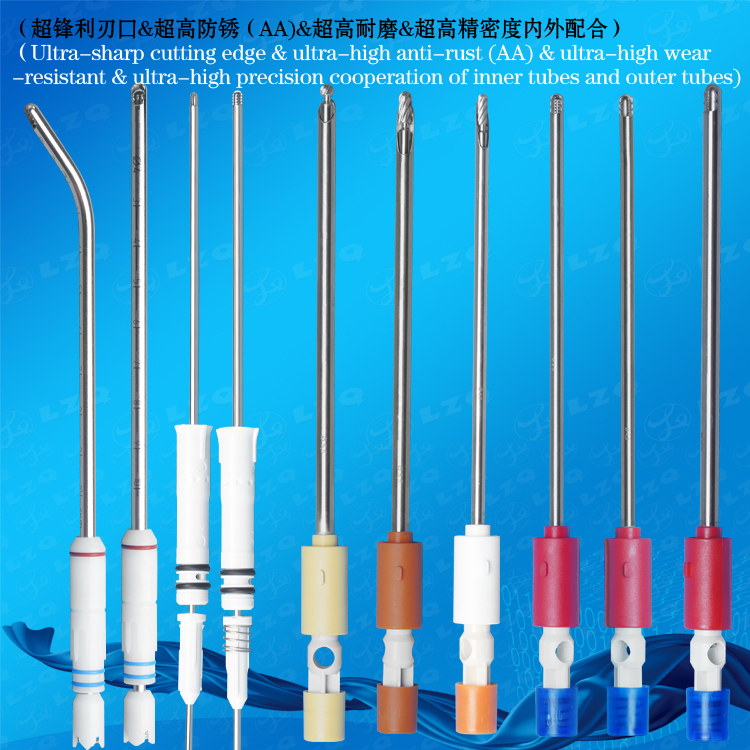
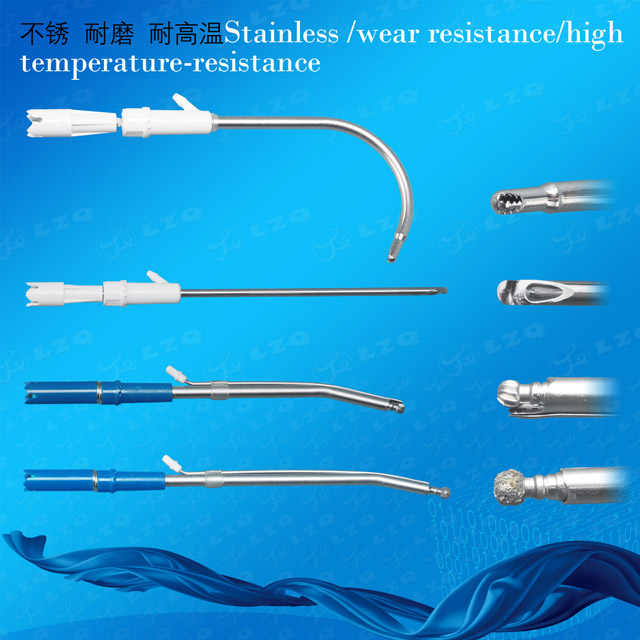
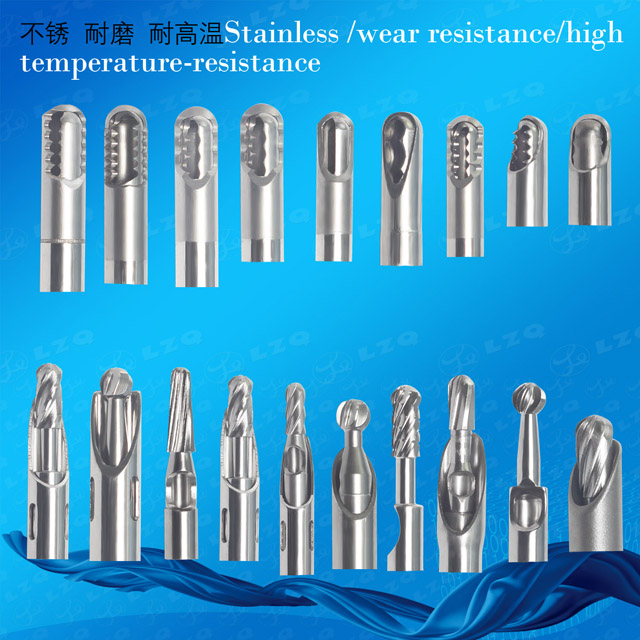
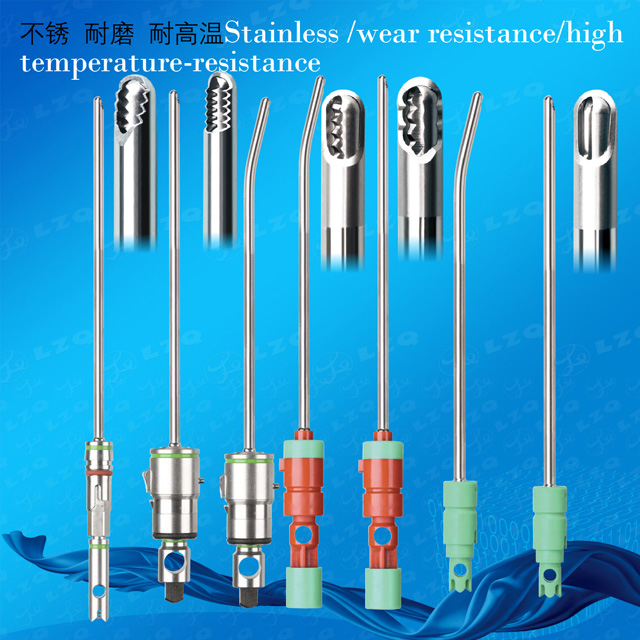
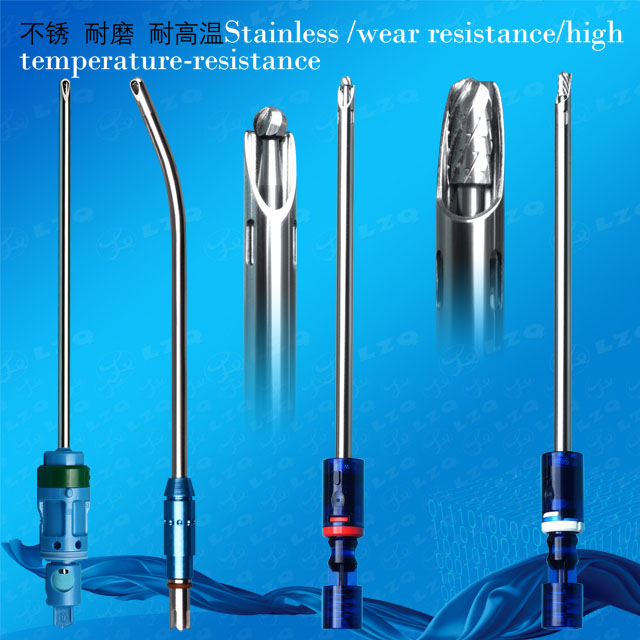
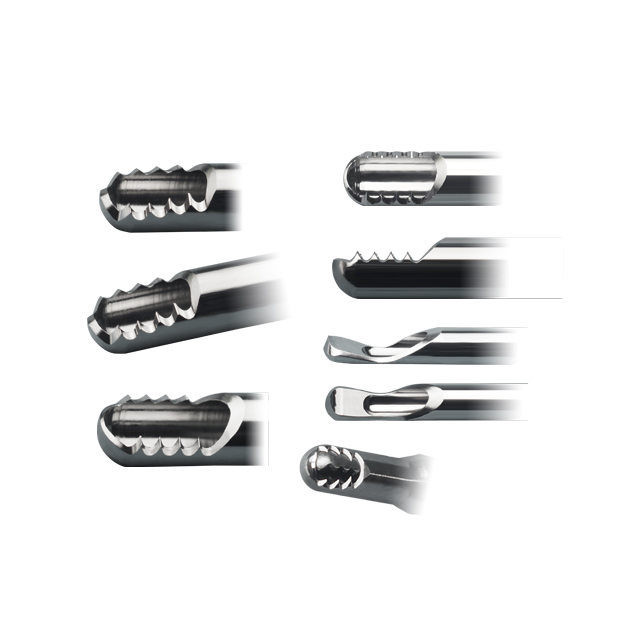
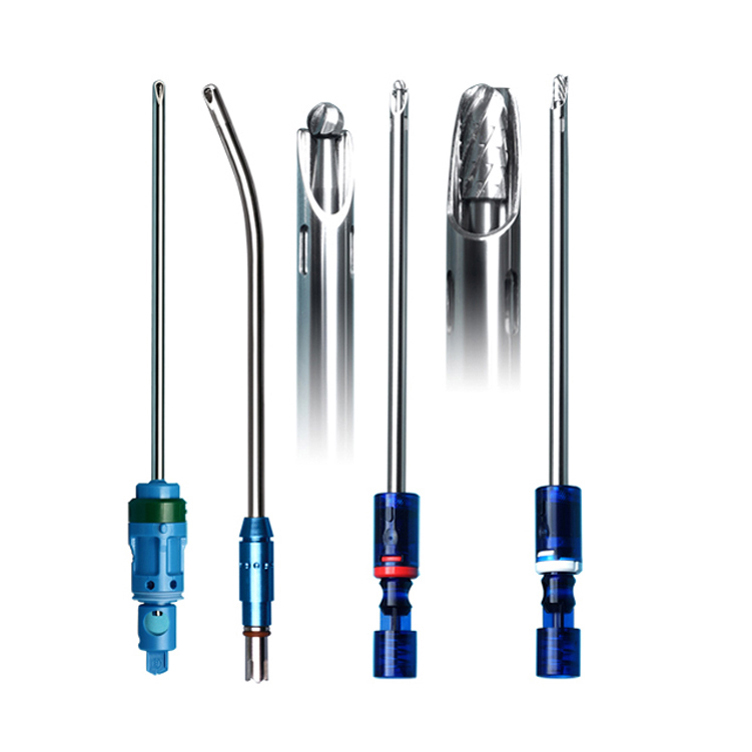
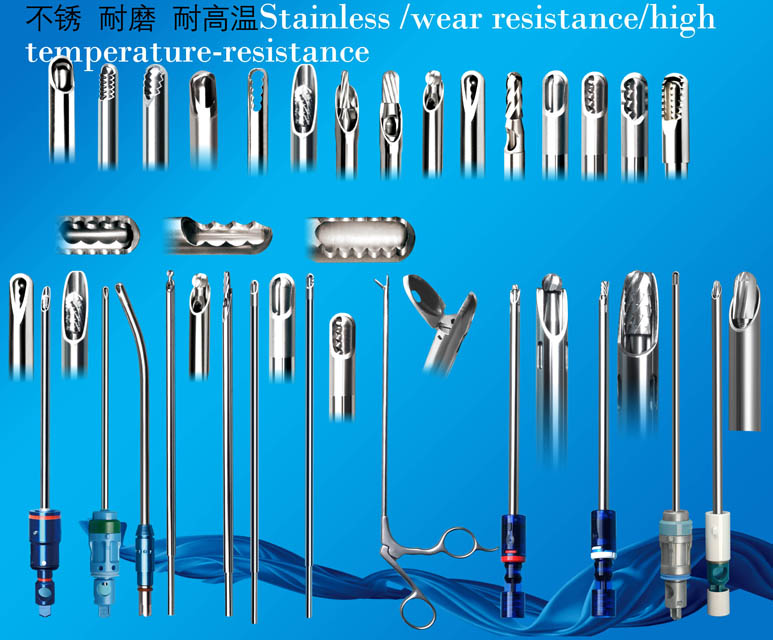
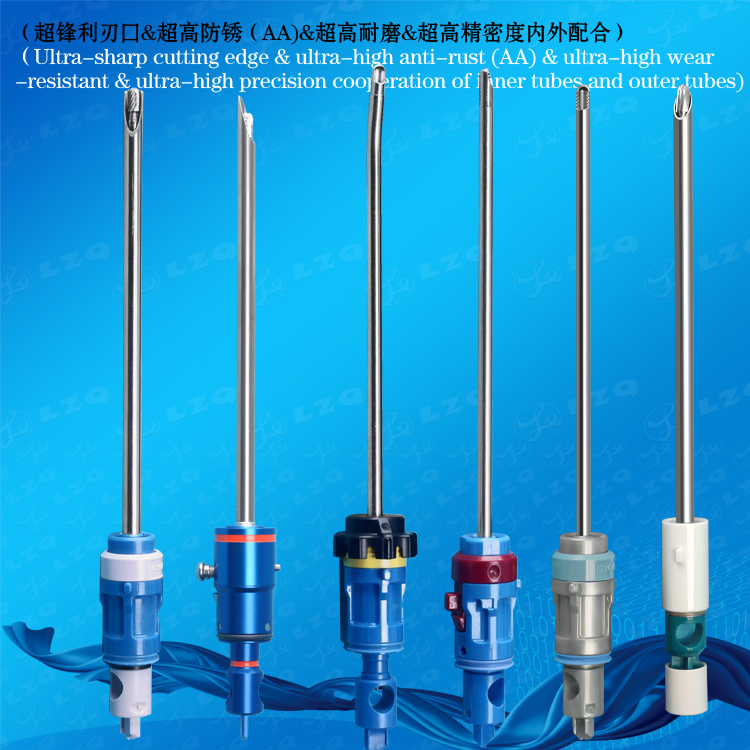
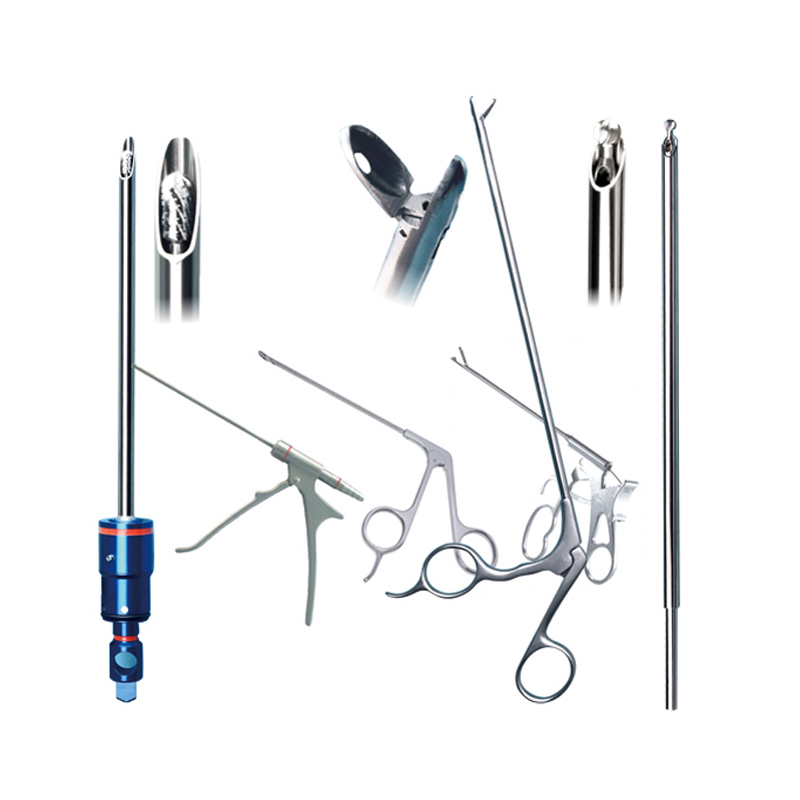
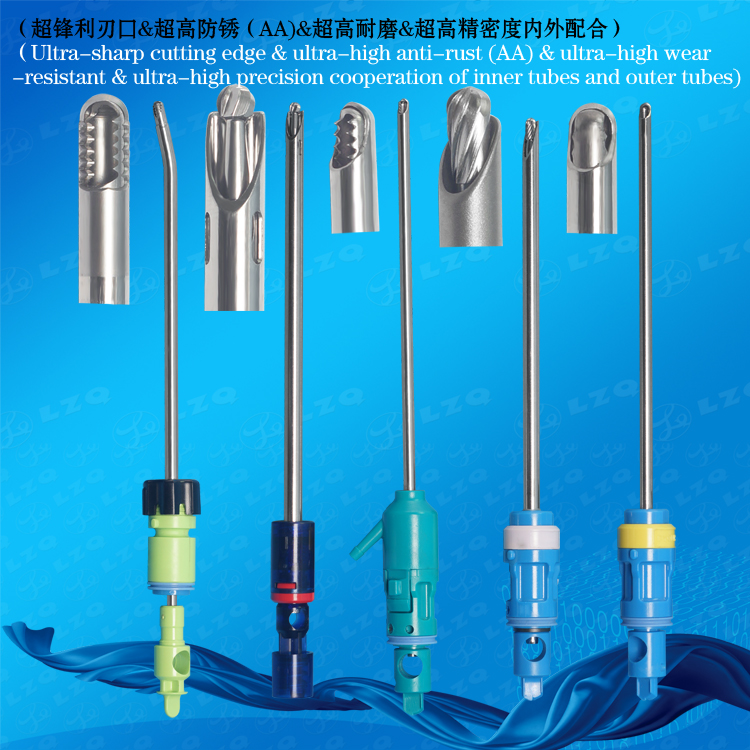
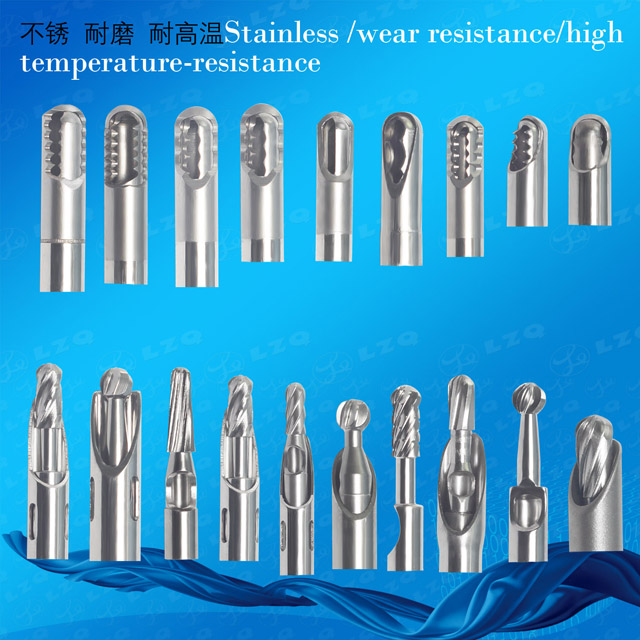
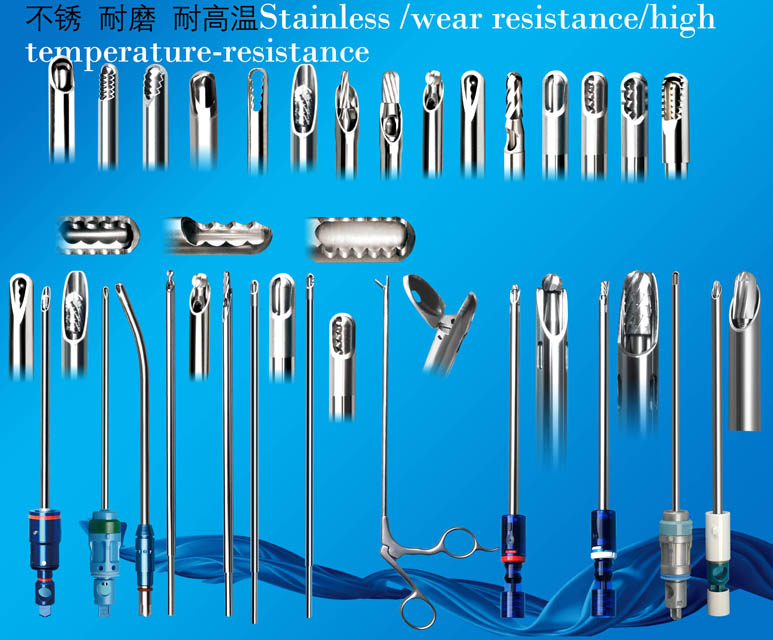
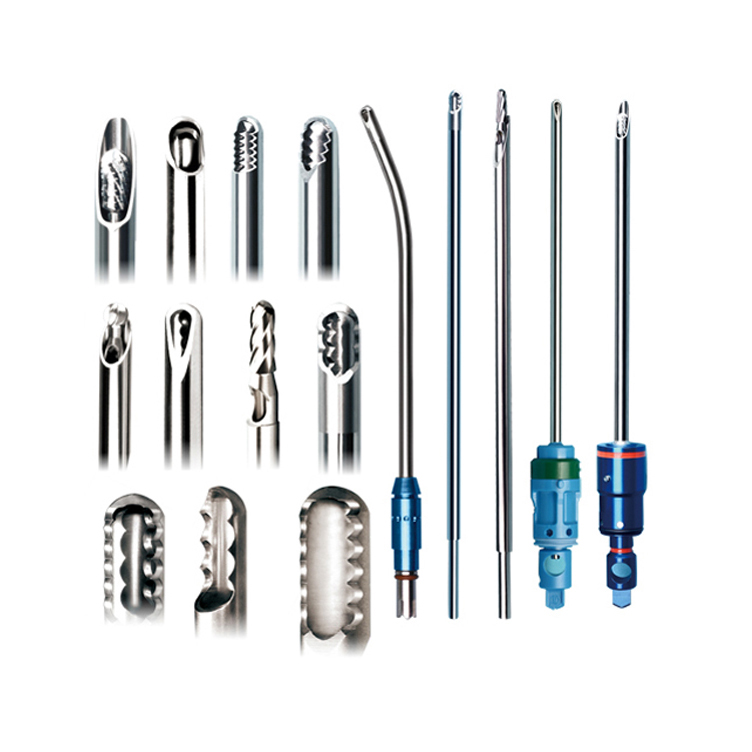
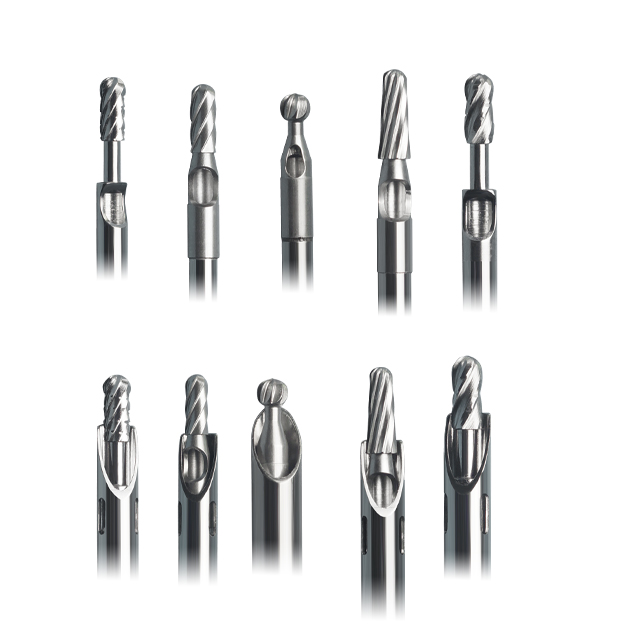
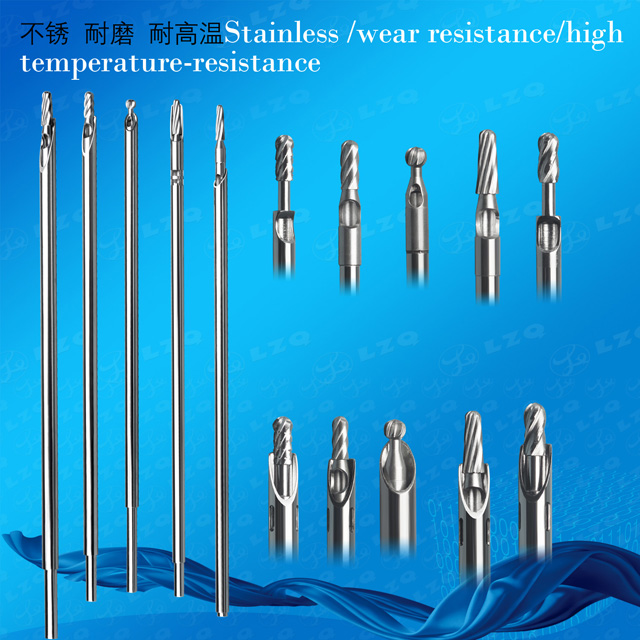
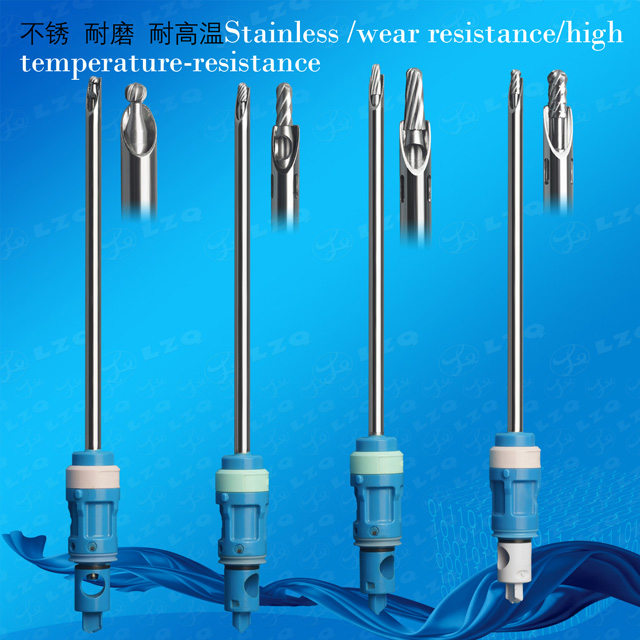
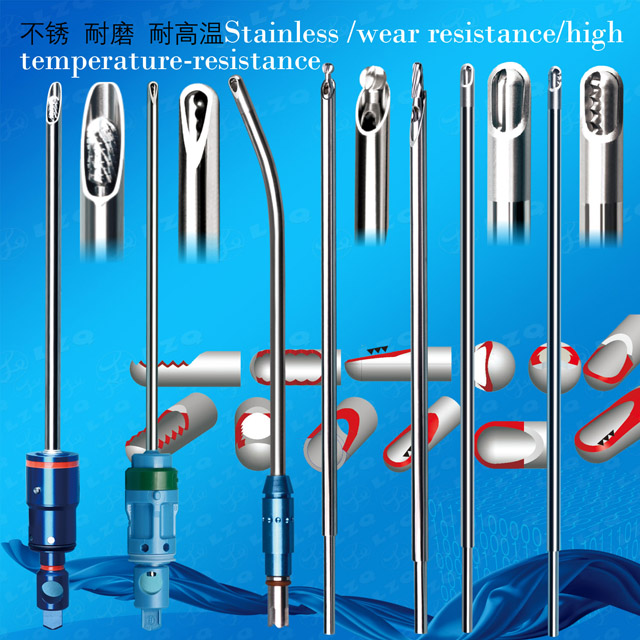

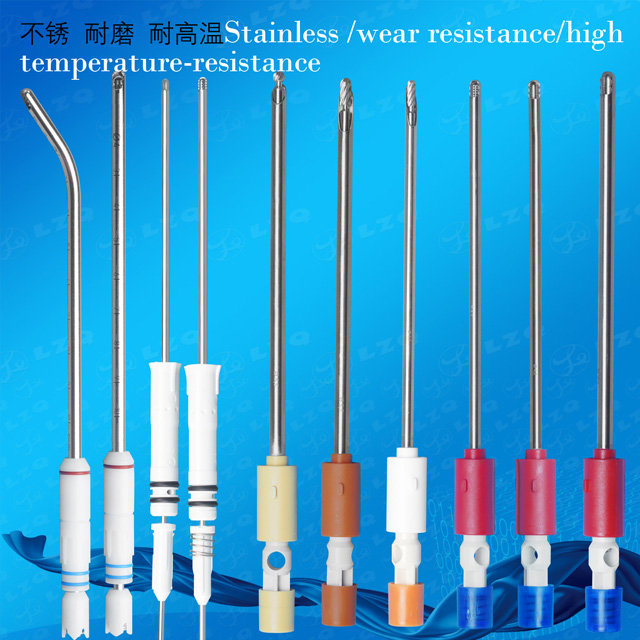
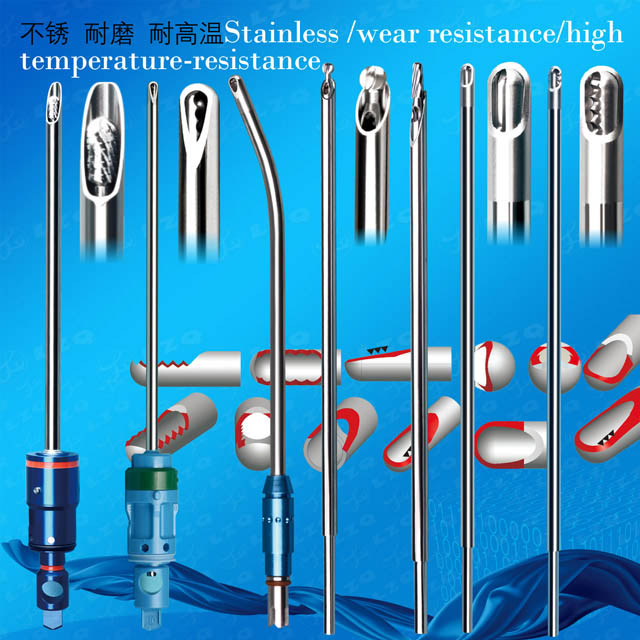
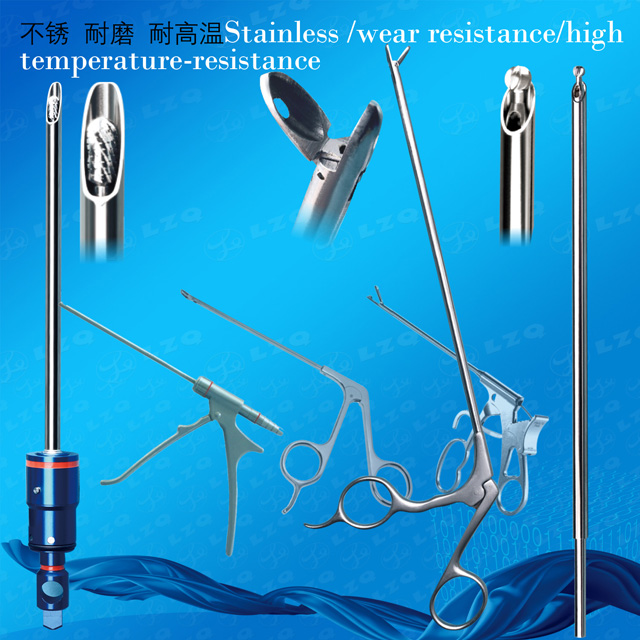
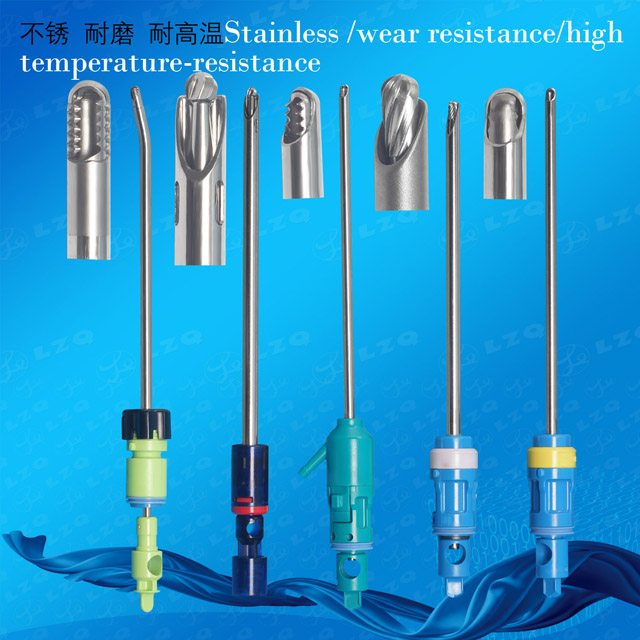
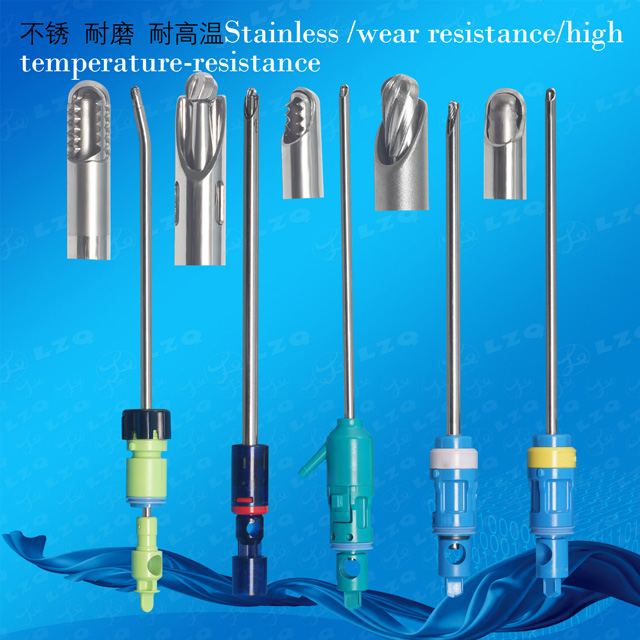
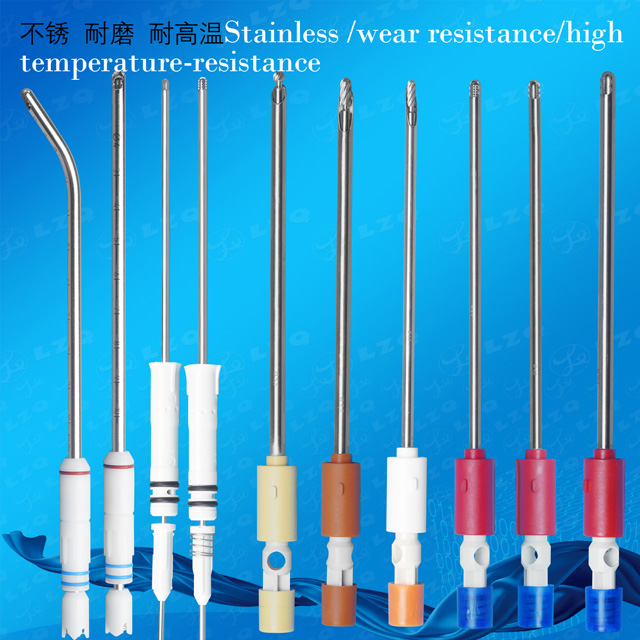
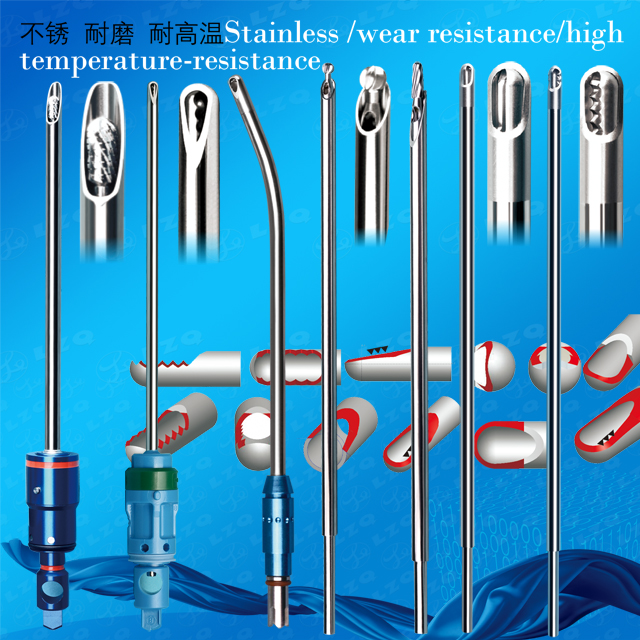
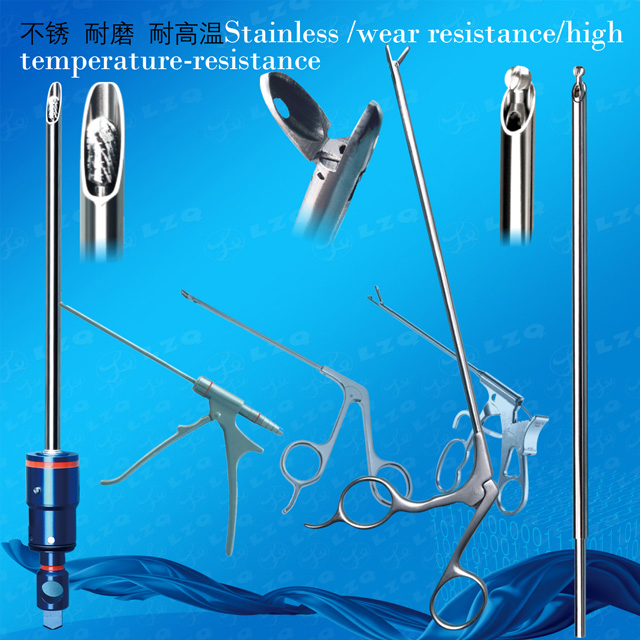
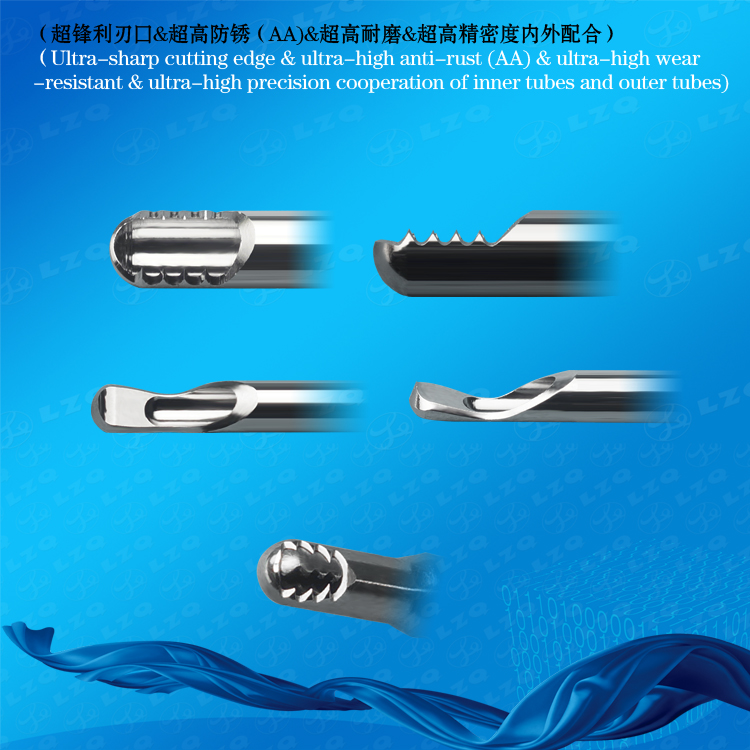
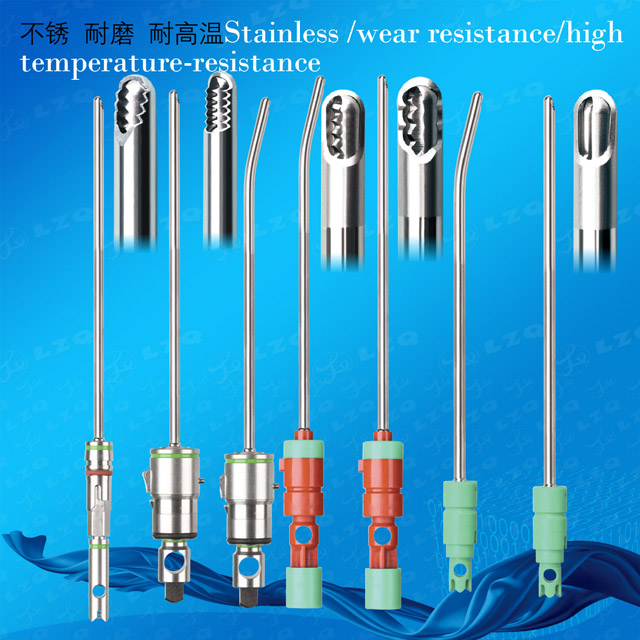
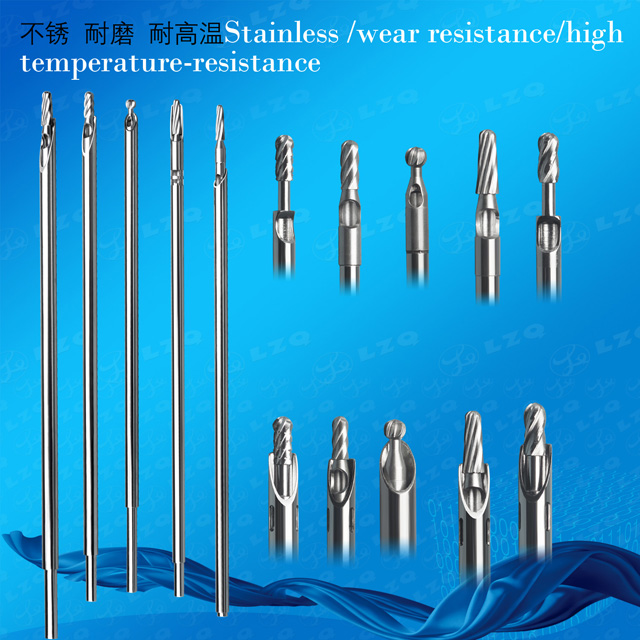
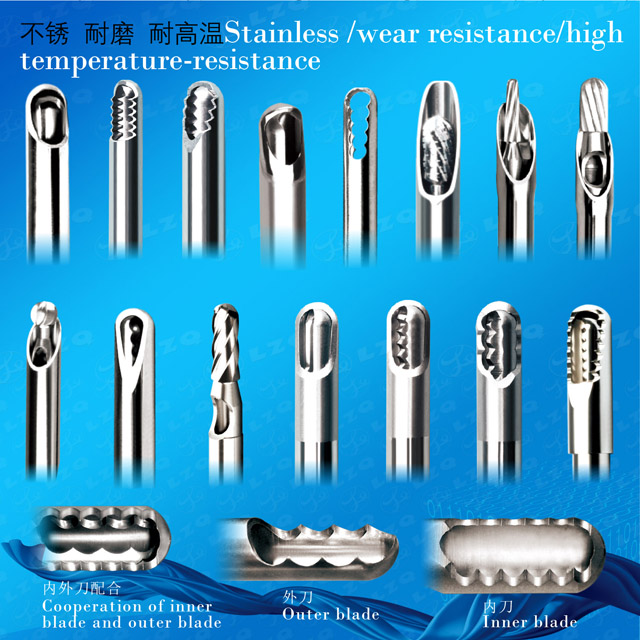
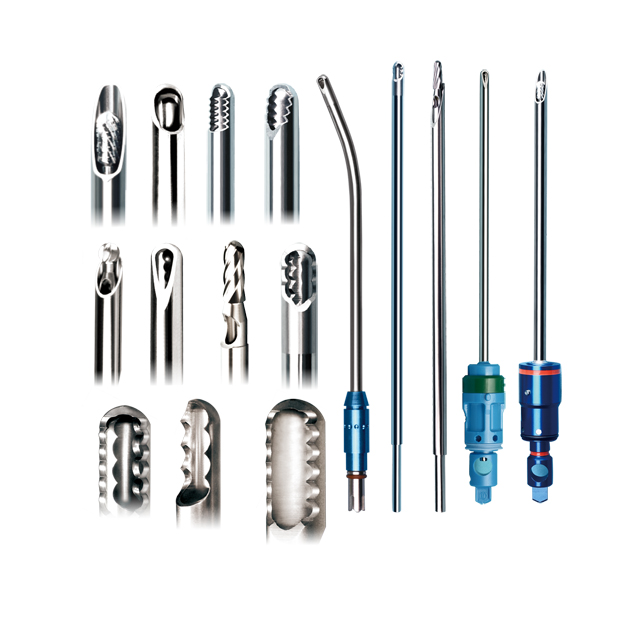
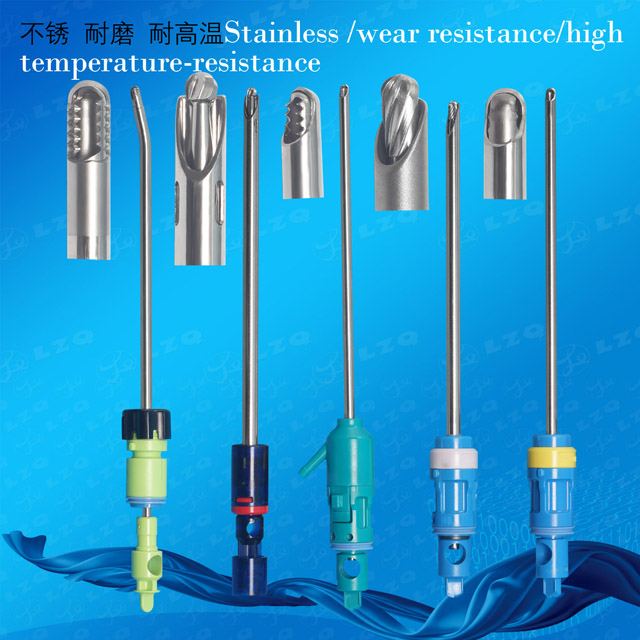
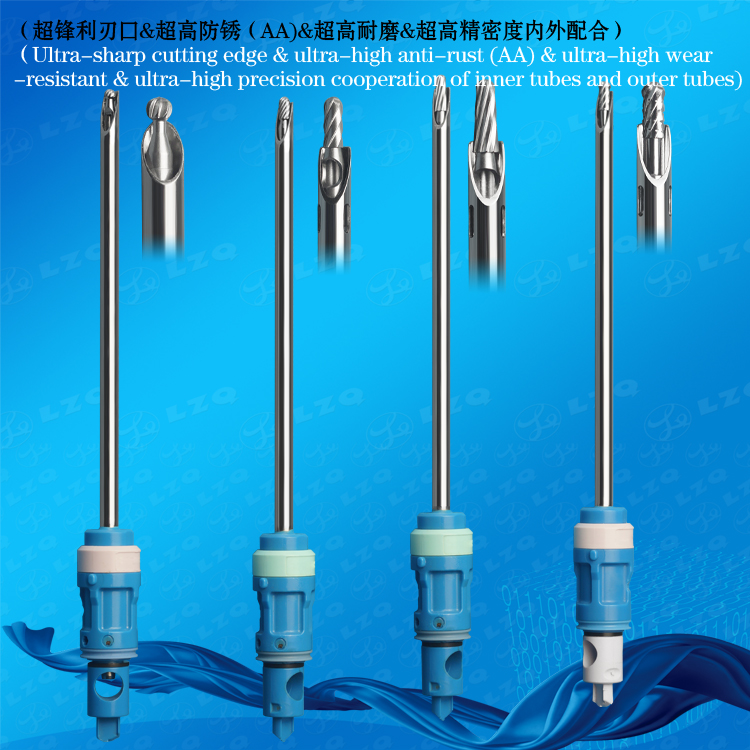
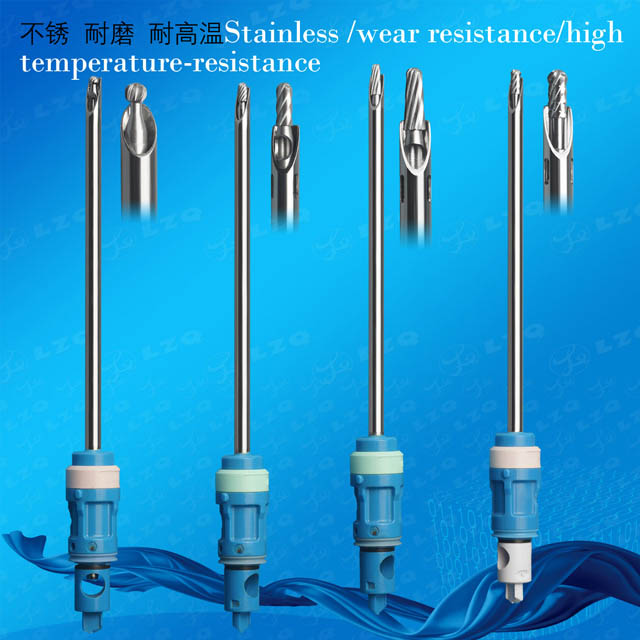
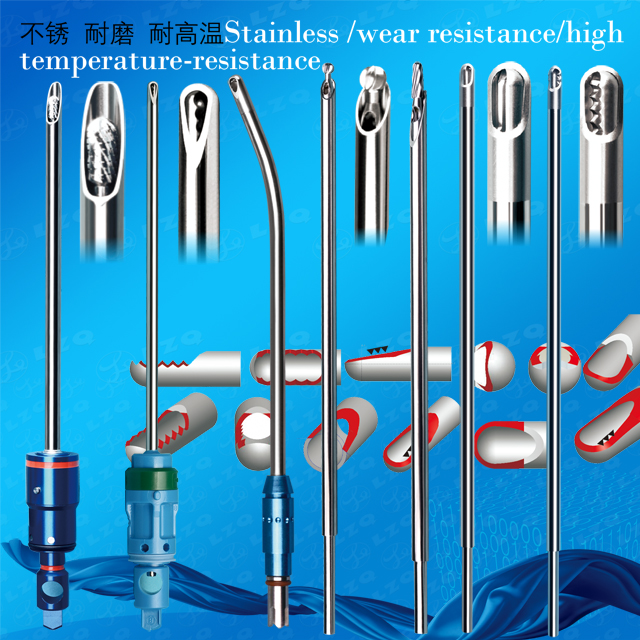
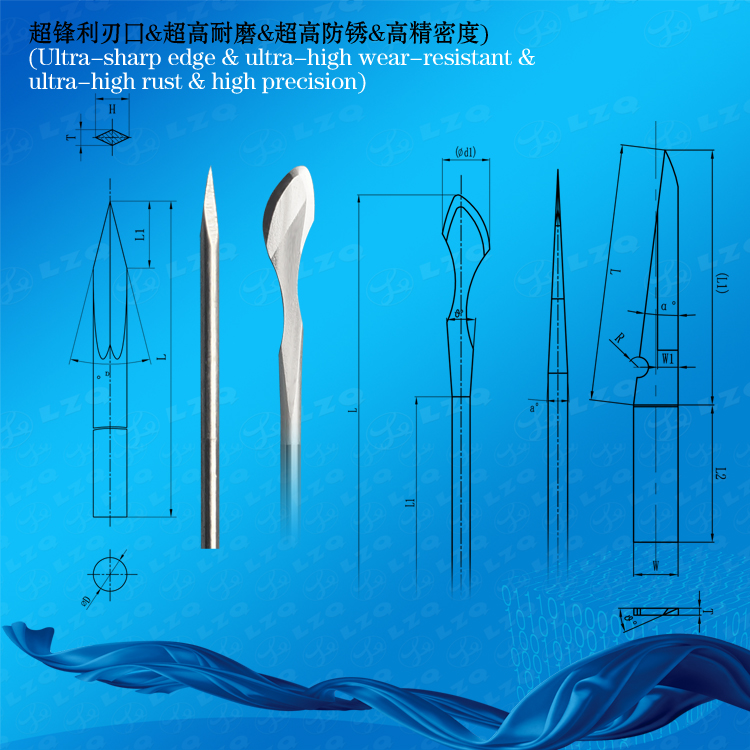
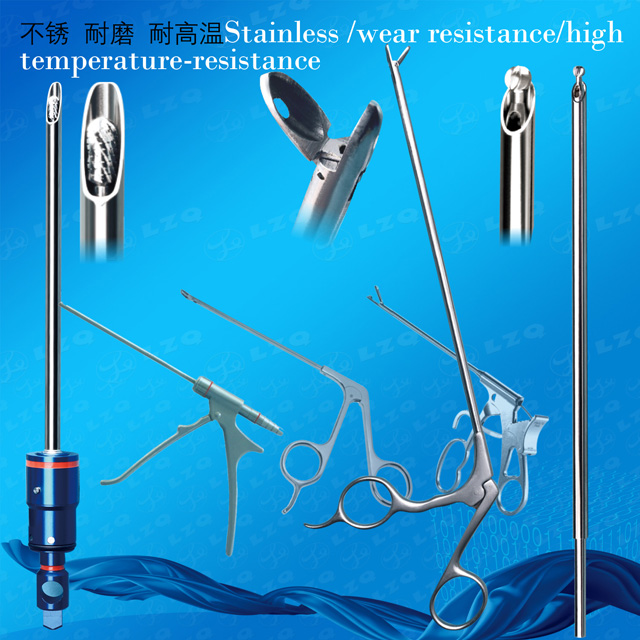
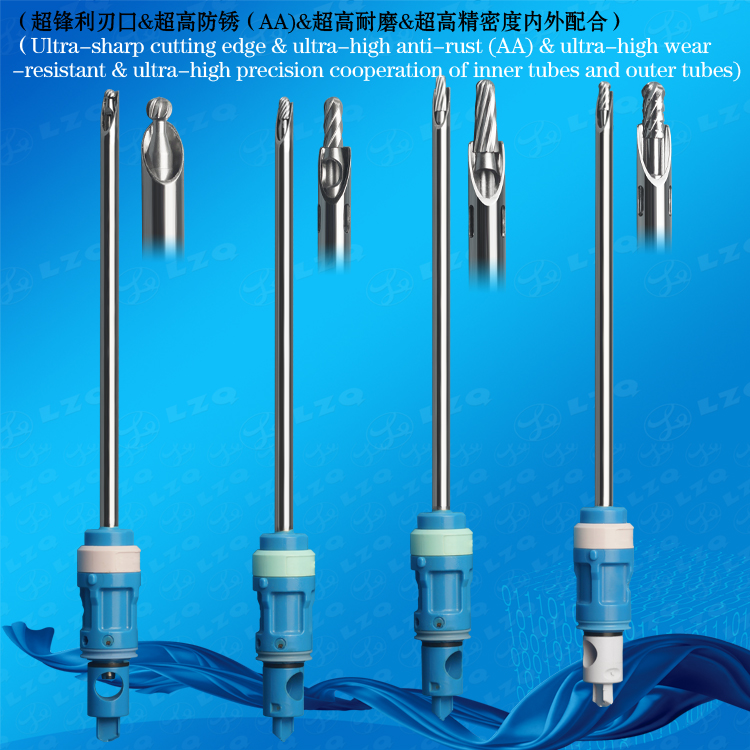
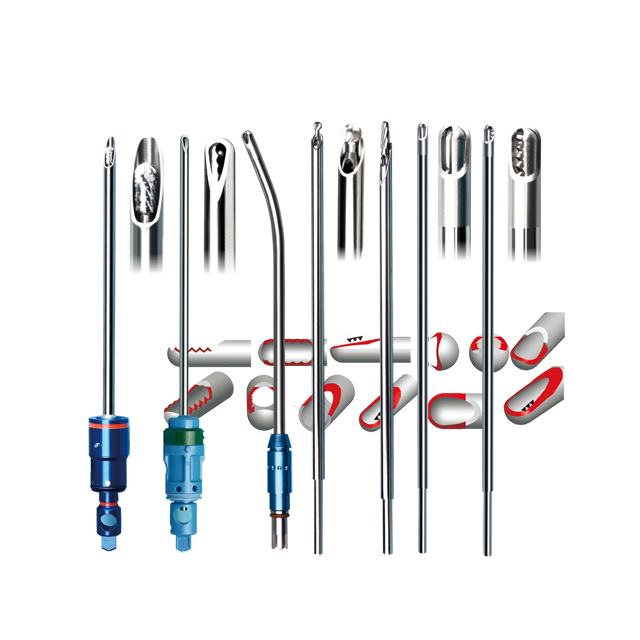
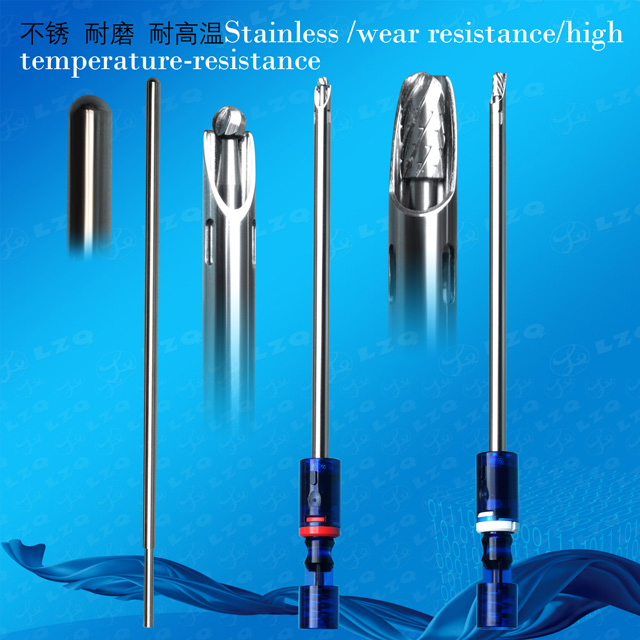
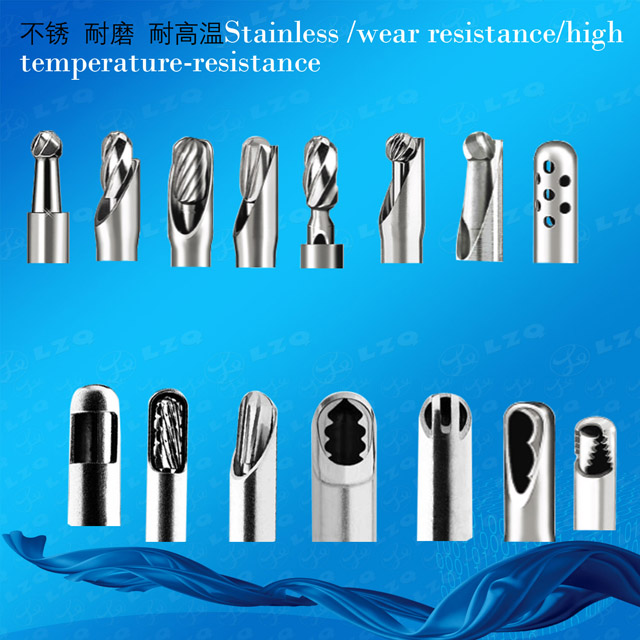
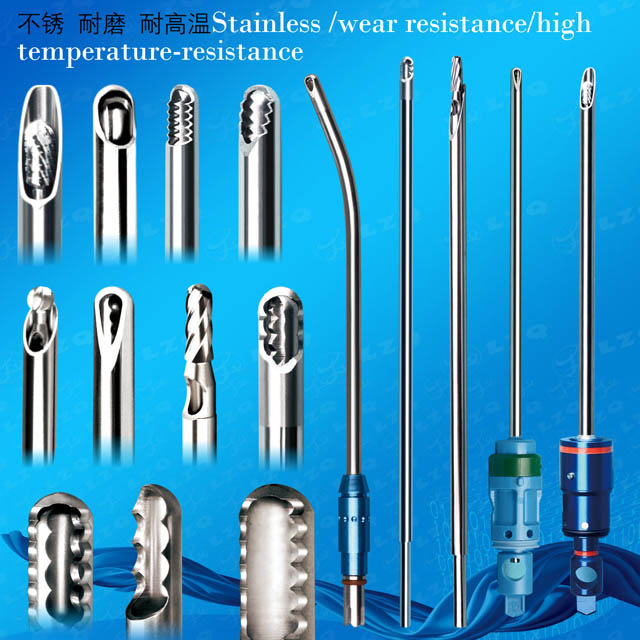
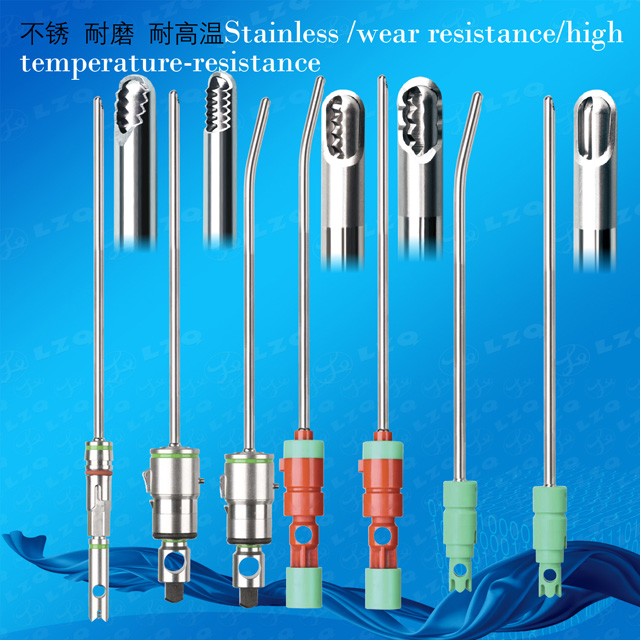
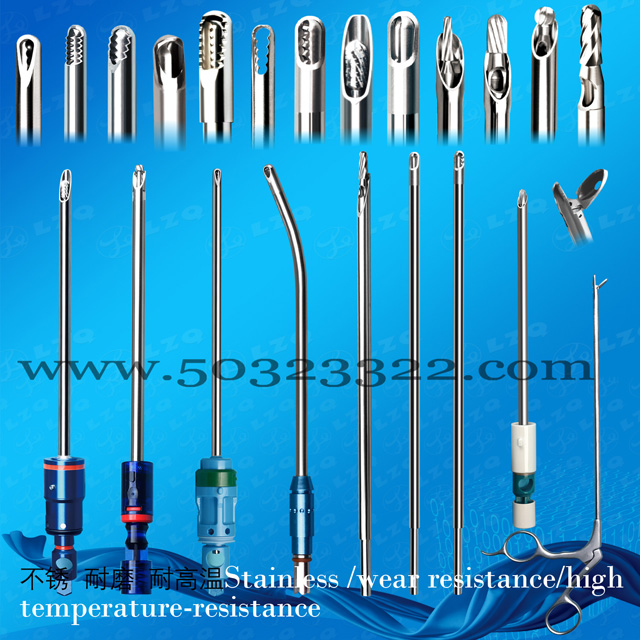
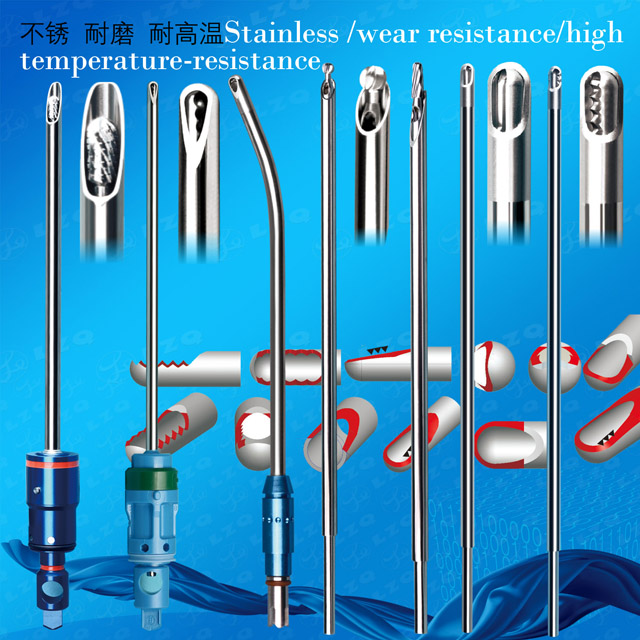
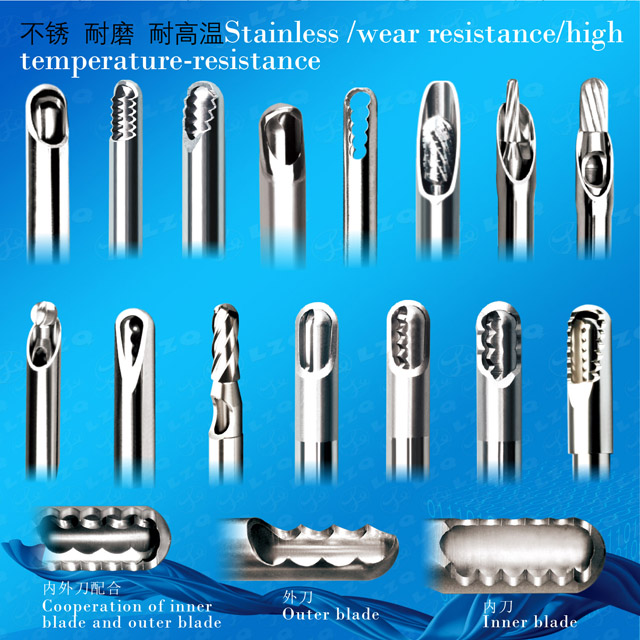
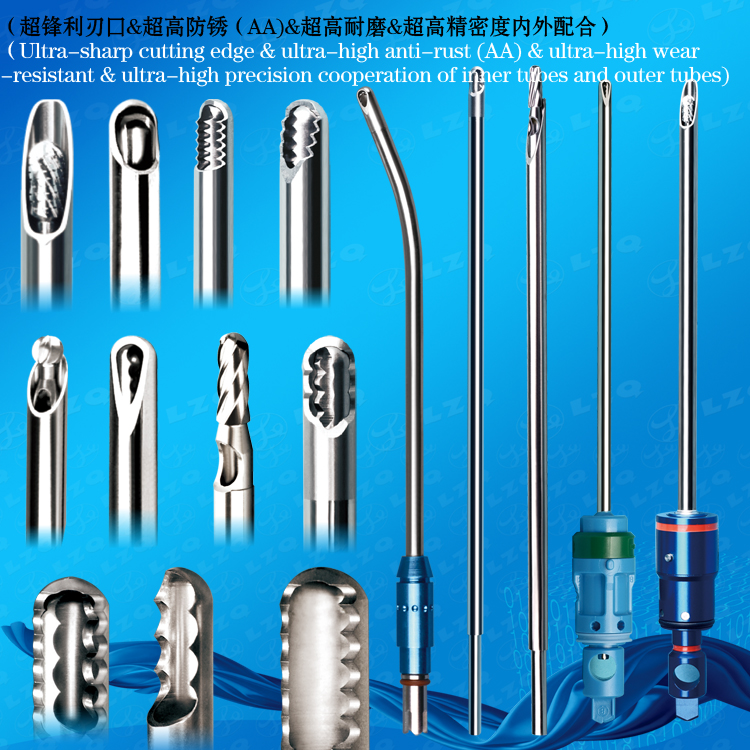
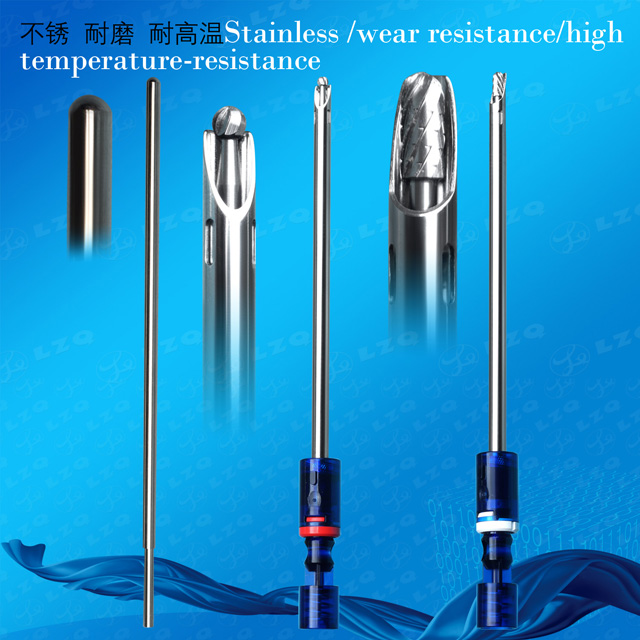
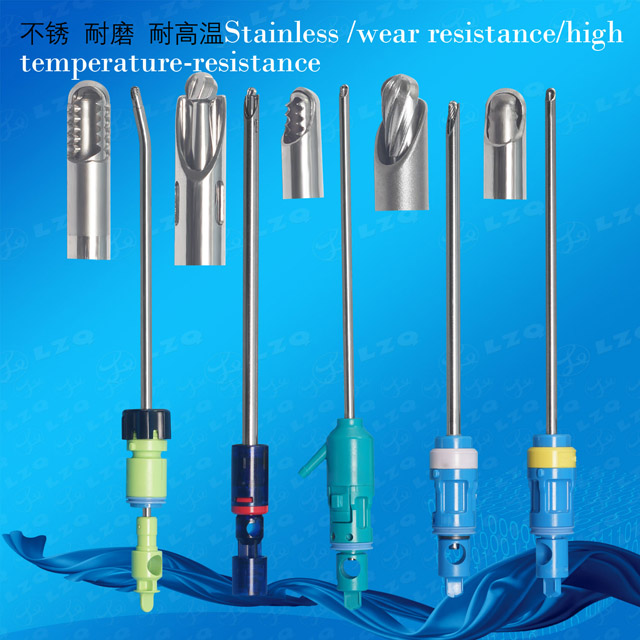
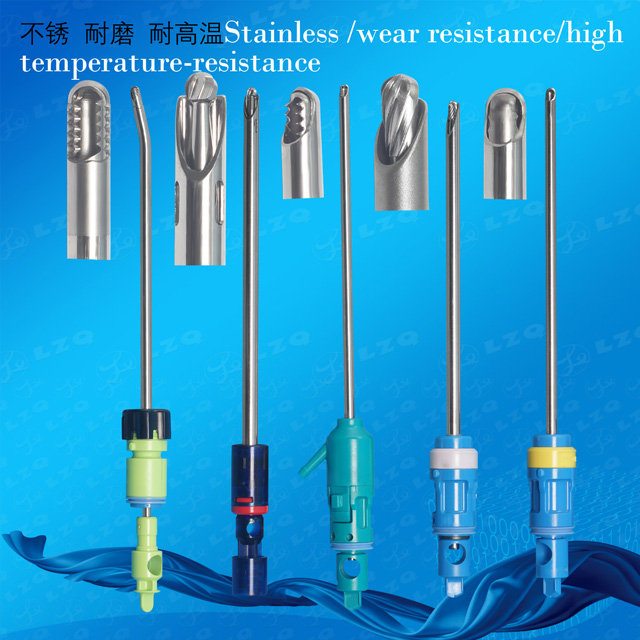
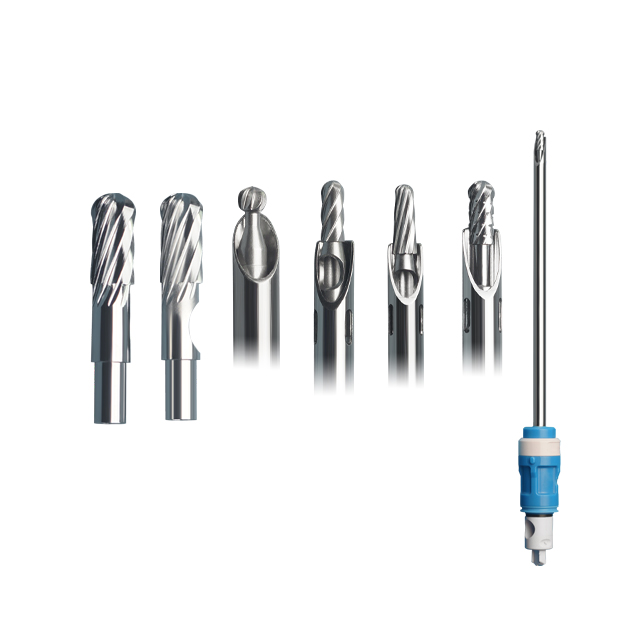

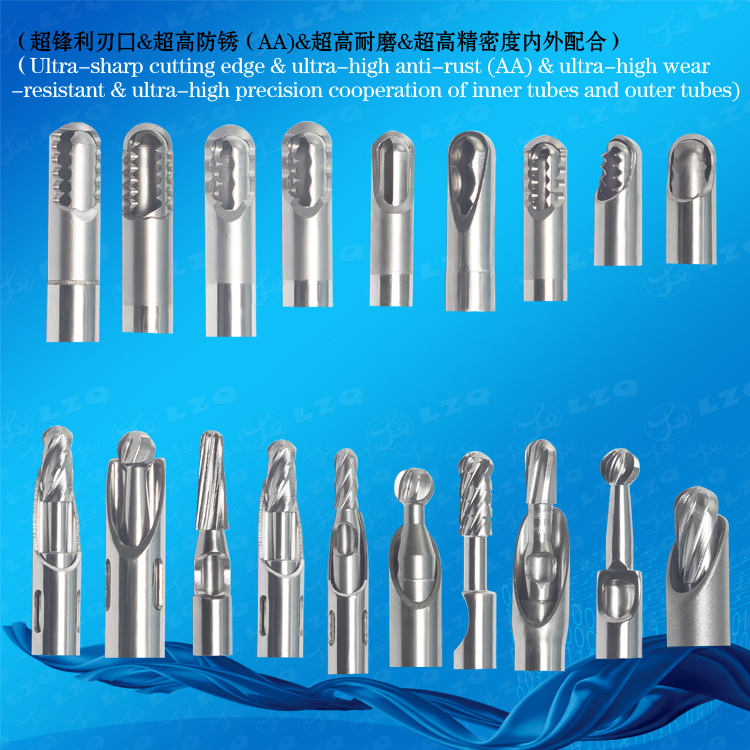
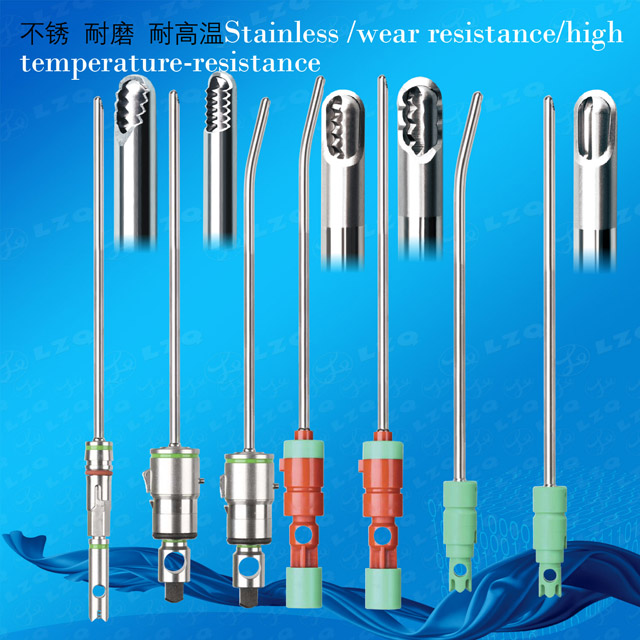
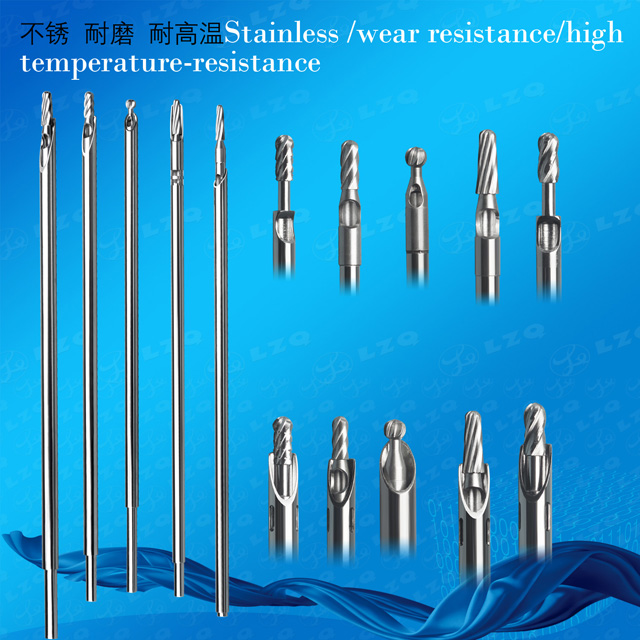
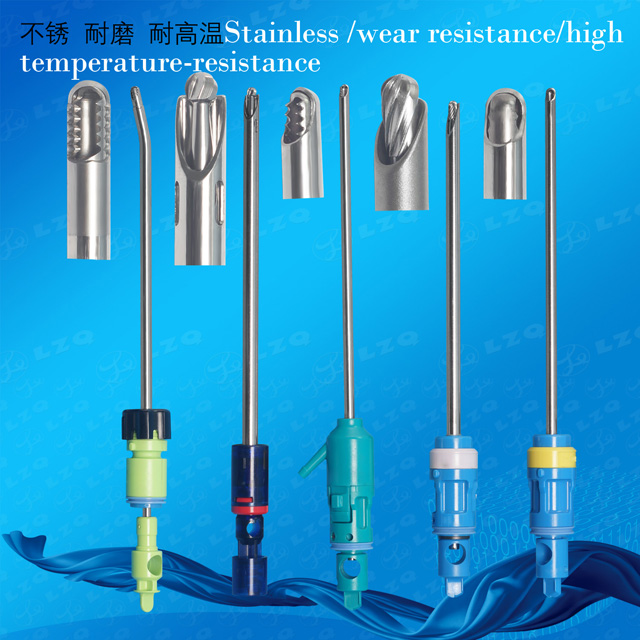
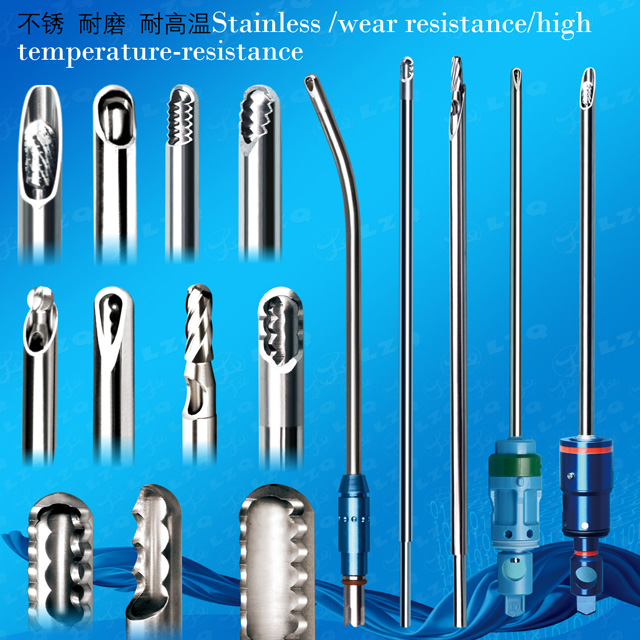
 +86-021-50327060
+86-021-50327060 
 NO.1269 Plant, Jinhu Road, Jinqiao Export Processing Zone, Pudong New District, Shanghai, China.
NO.1269 Plant, Jinhu Road, Jinqiao Export Processing Zone, Pudong New District, Shanghai, China. 
